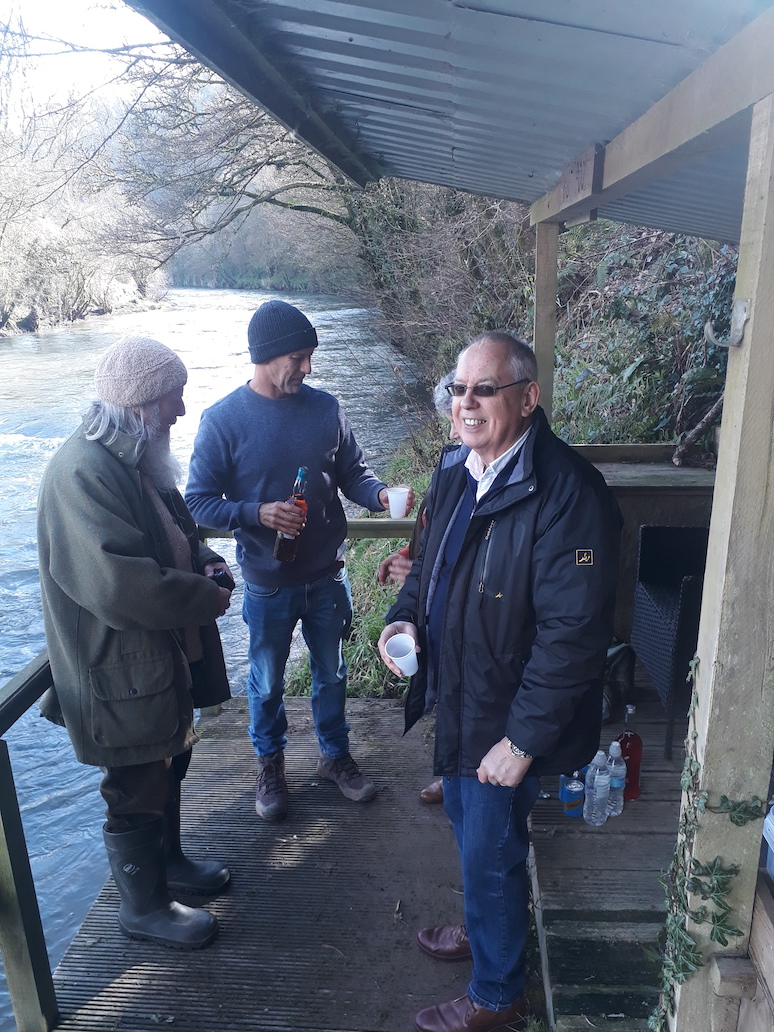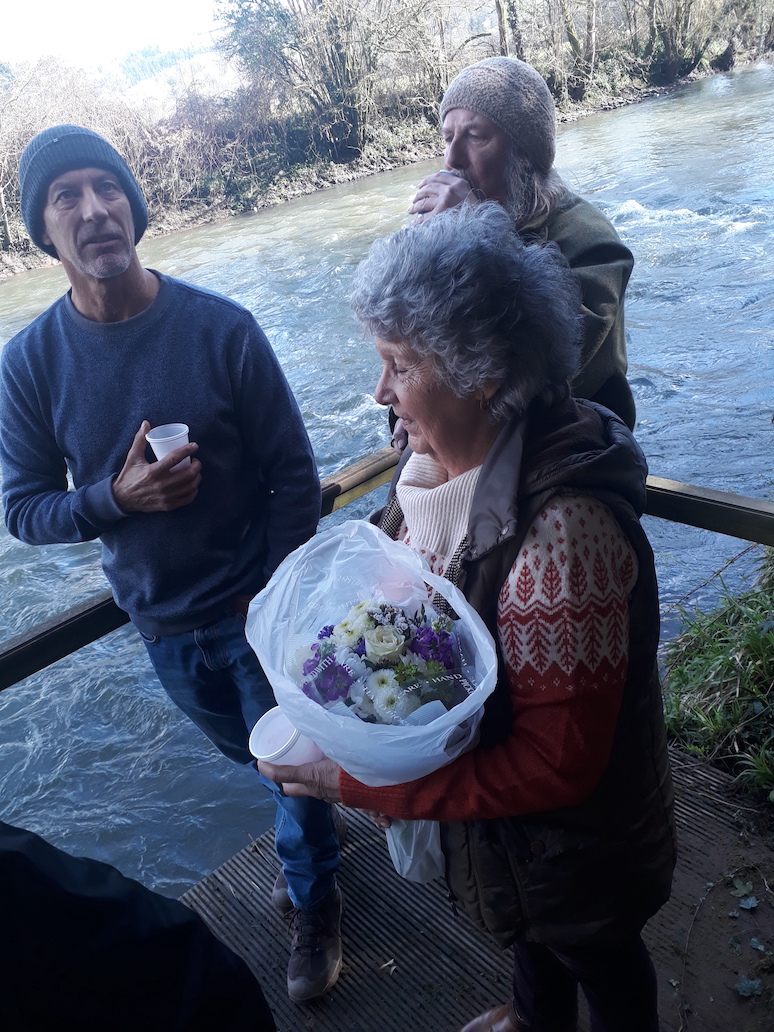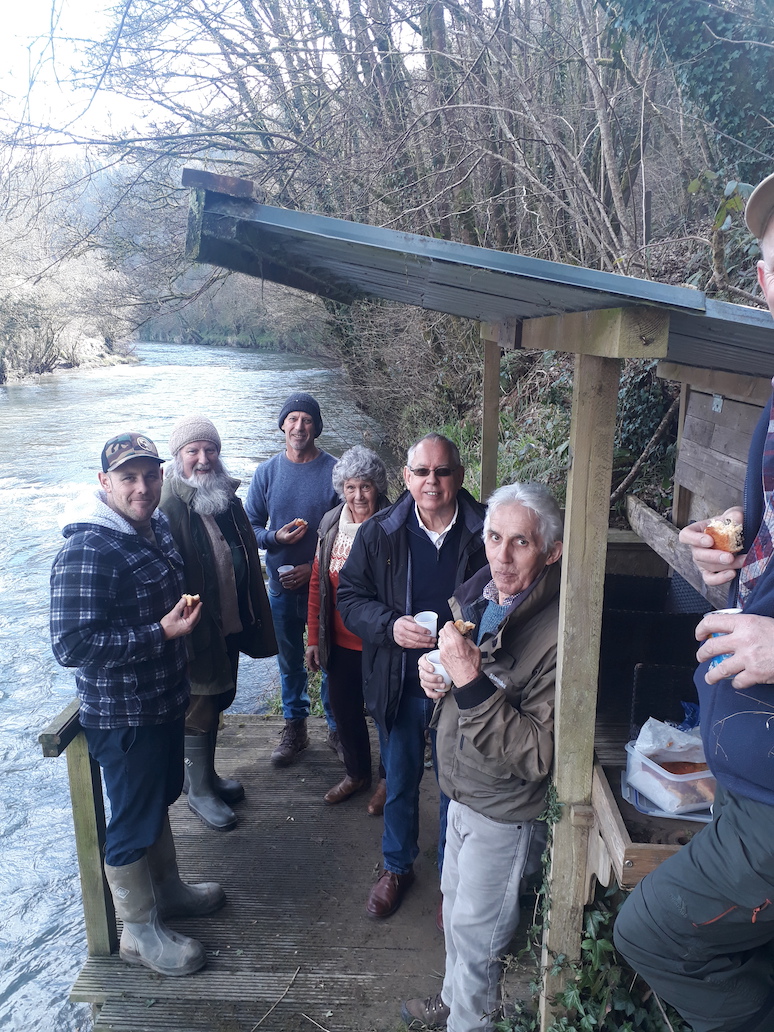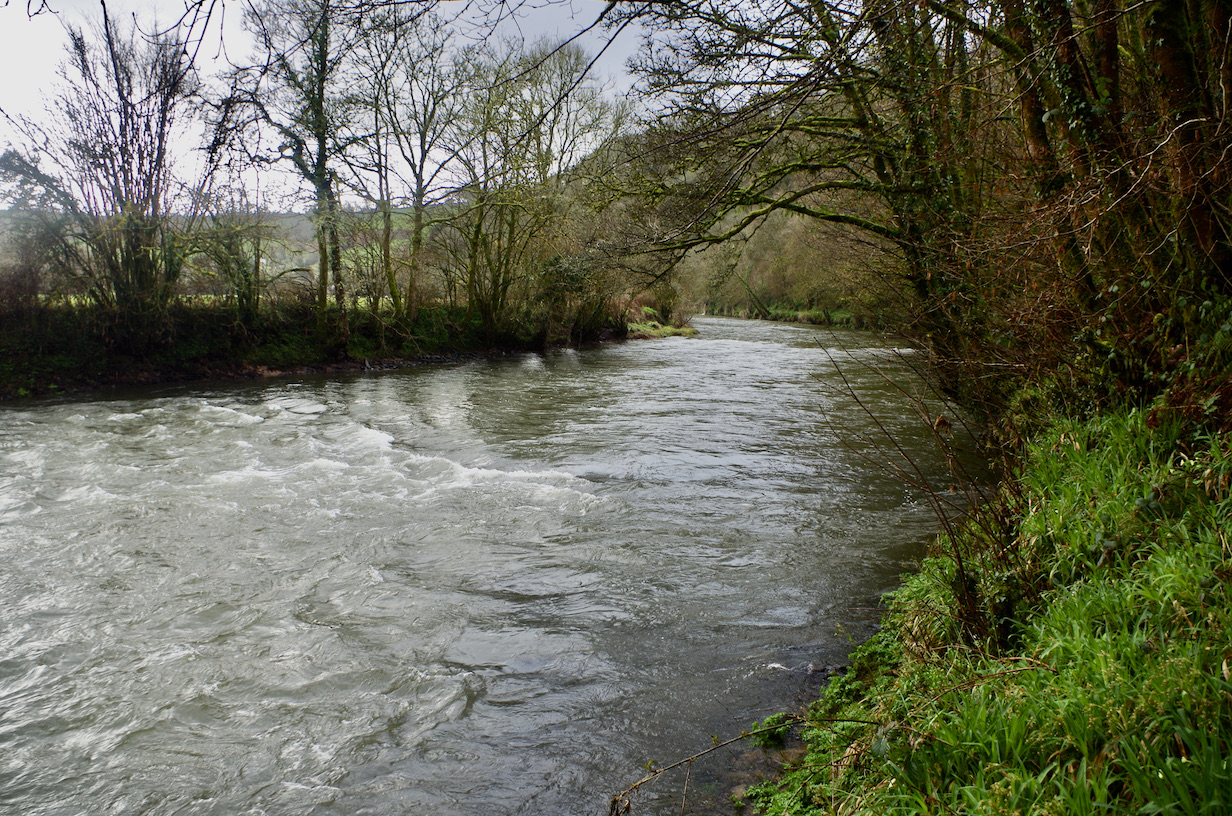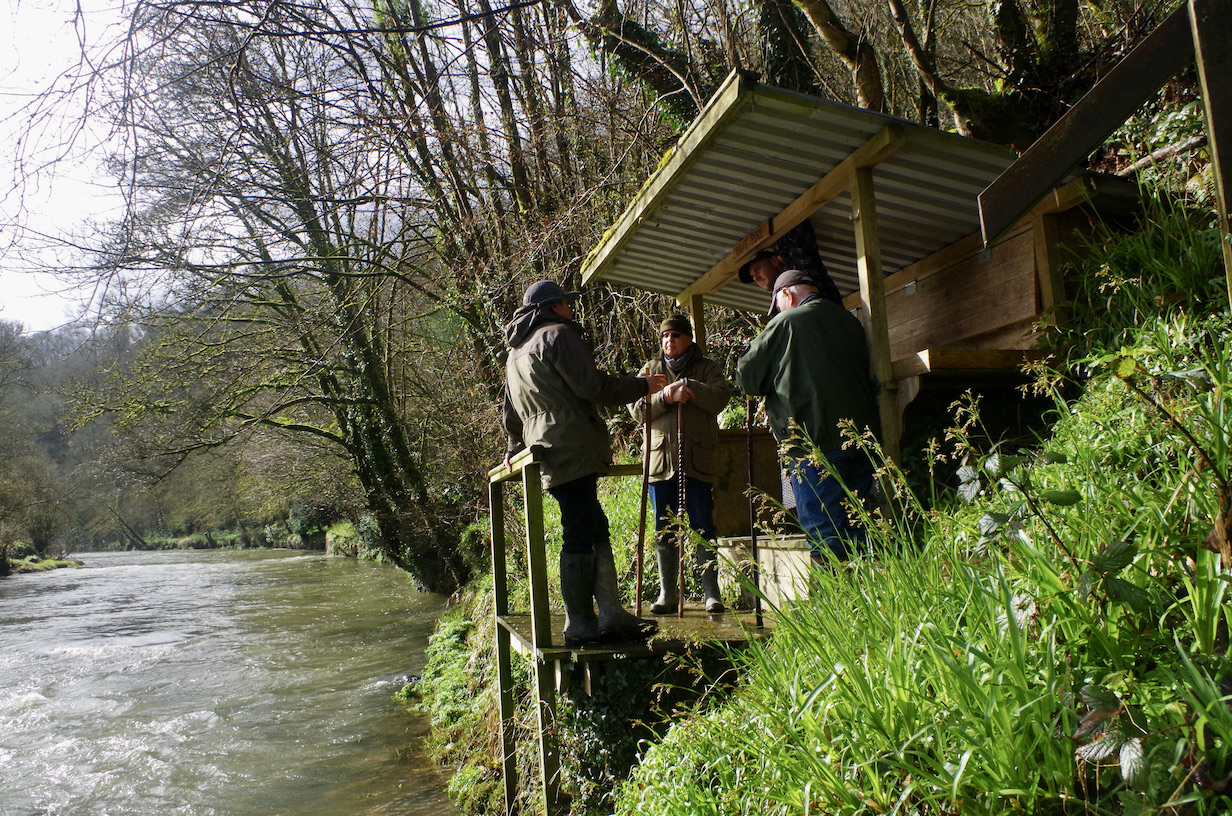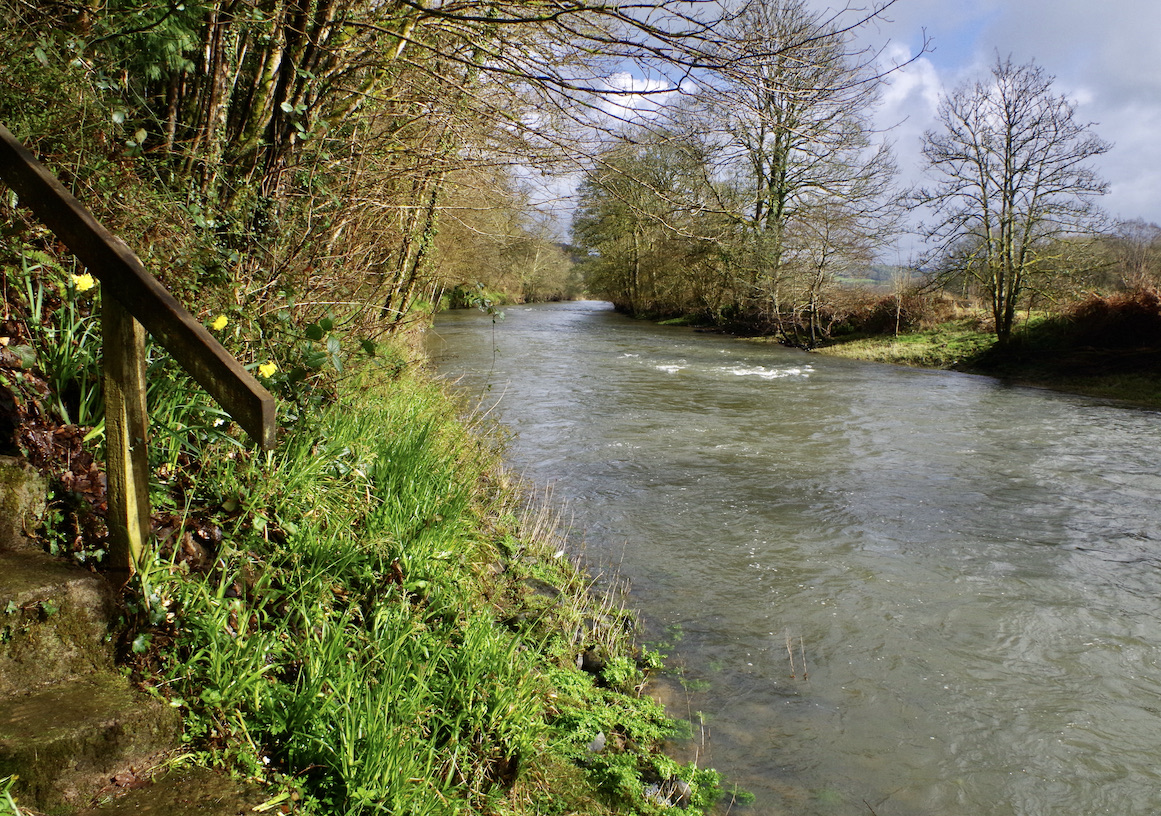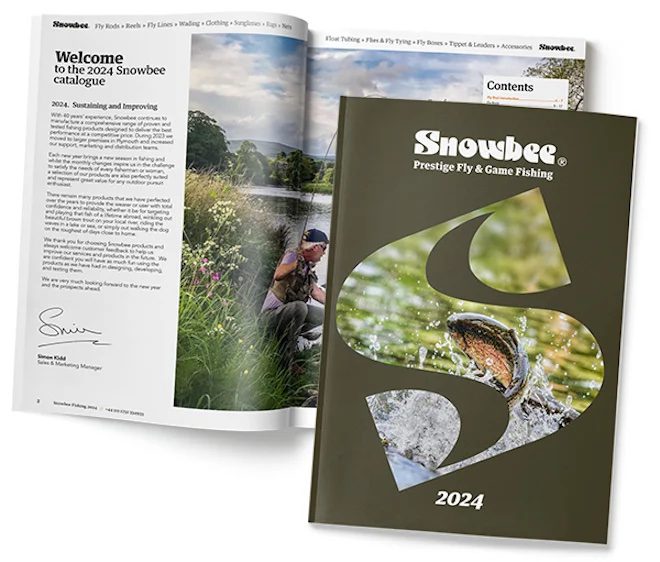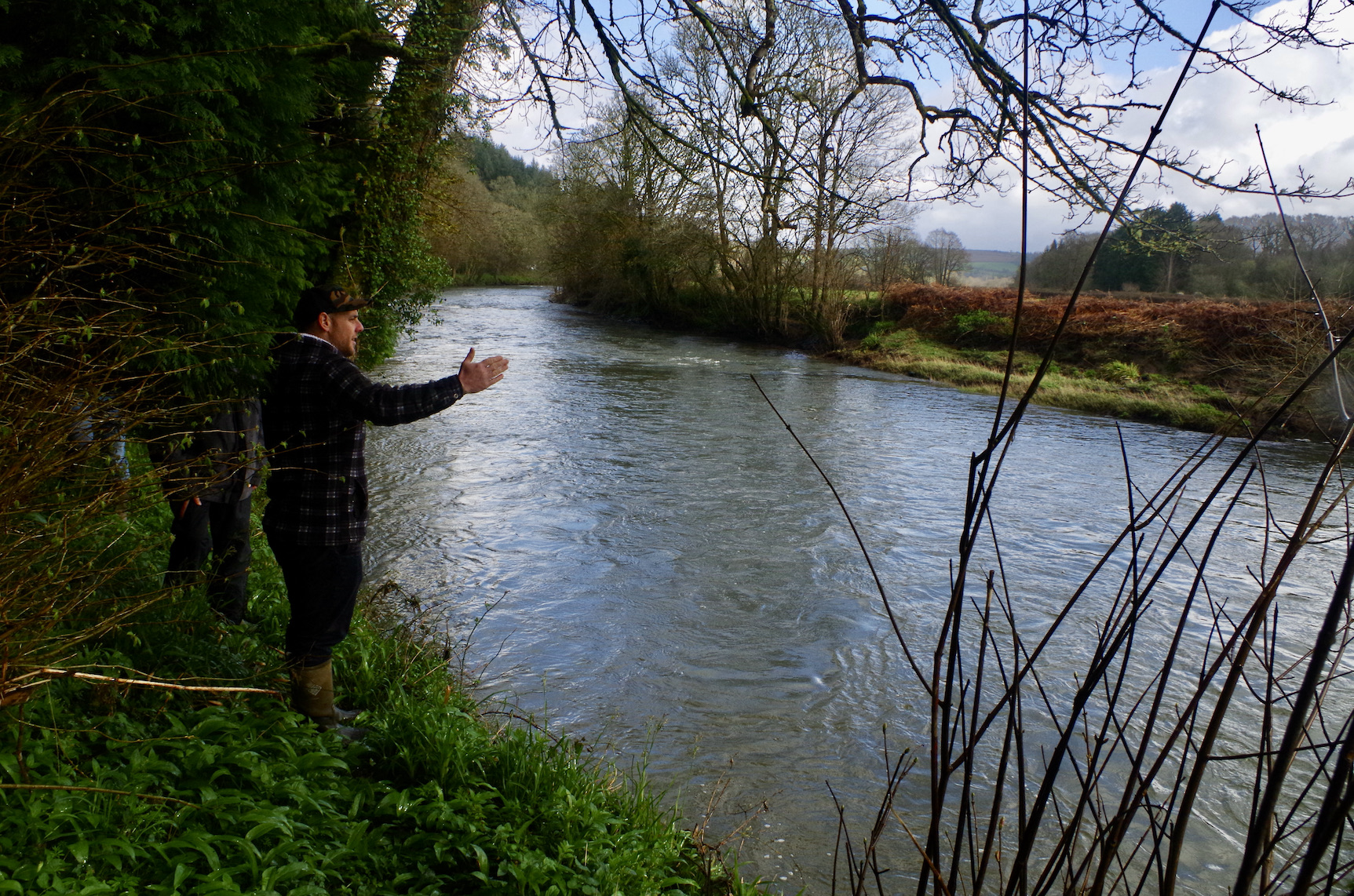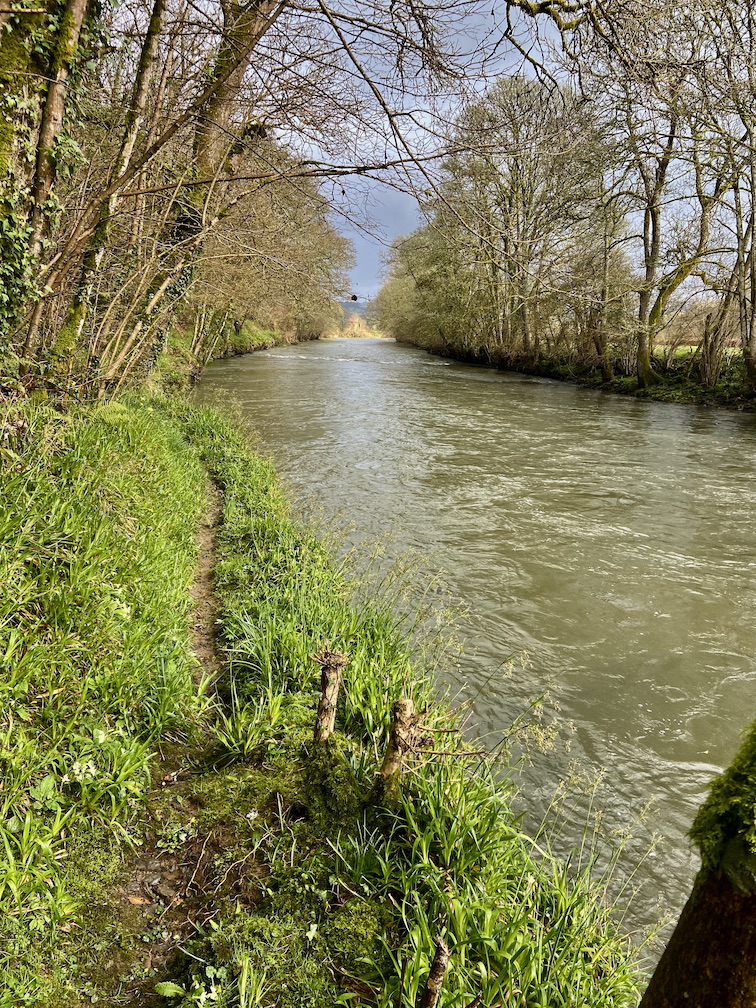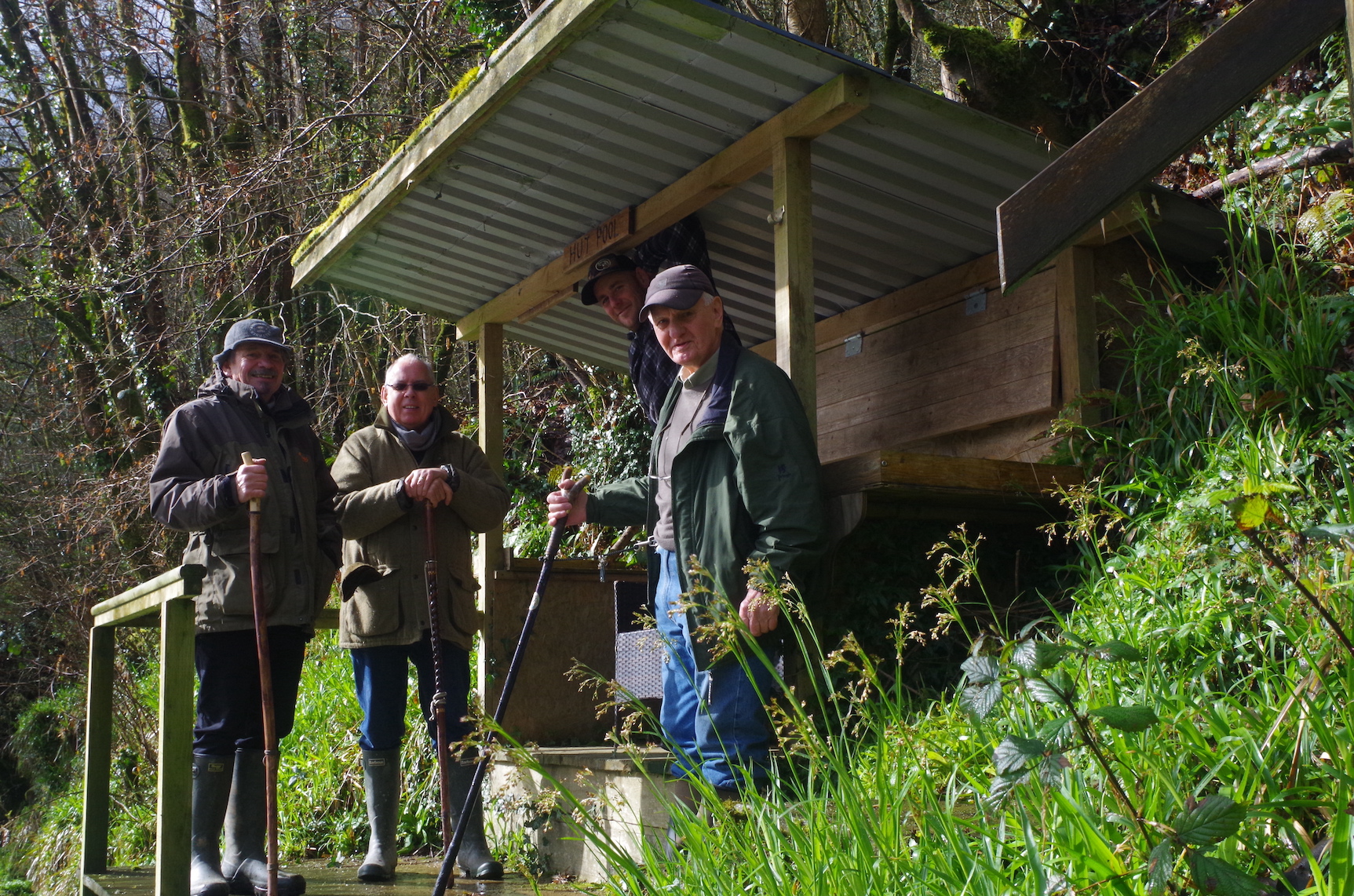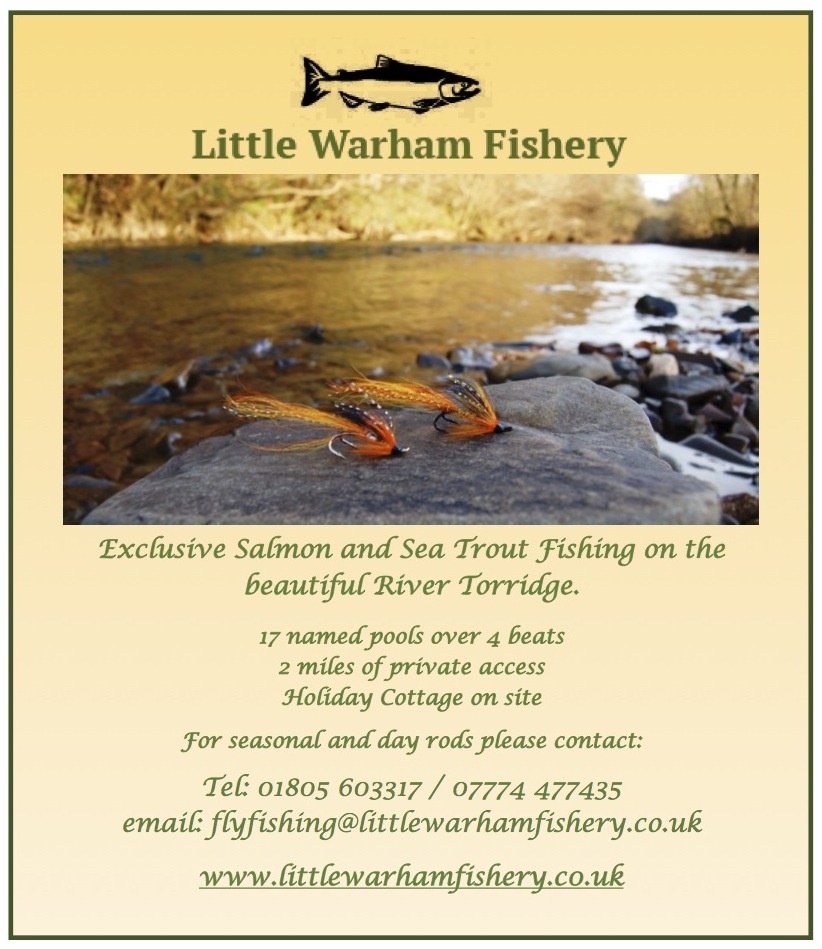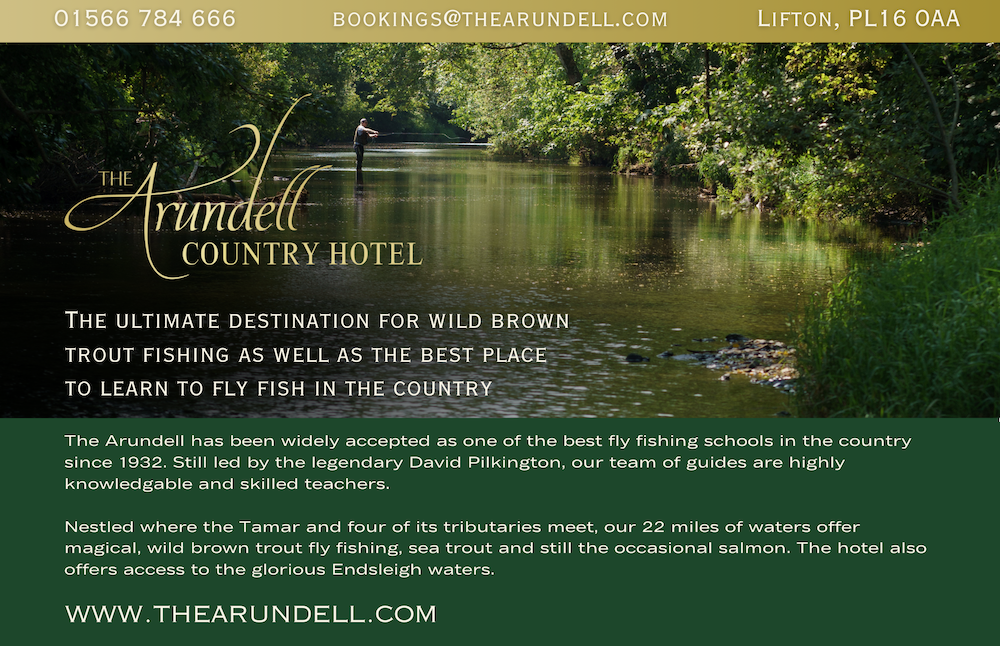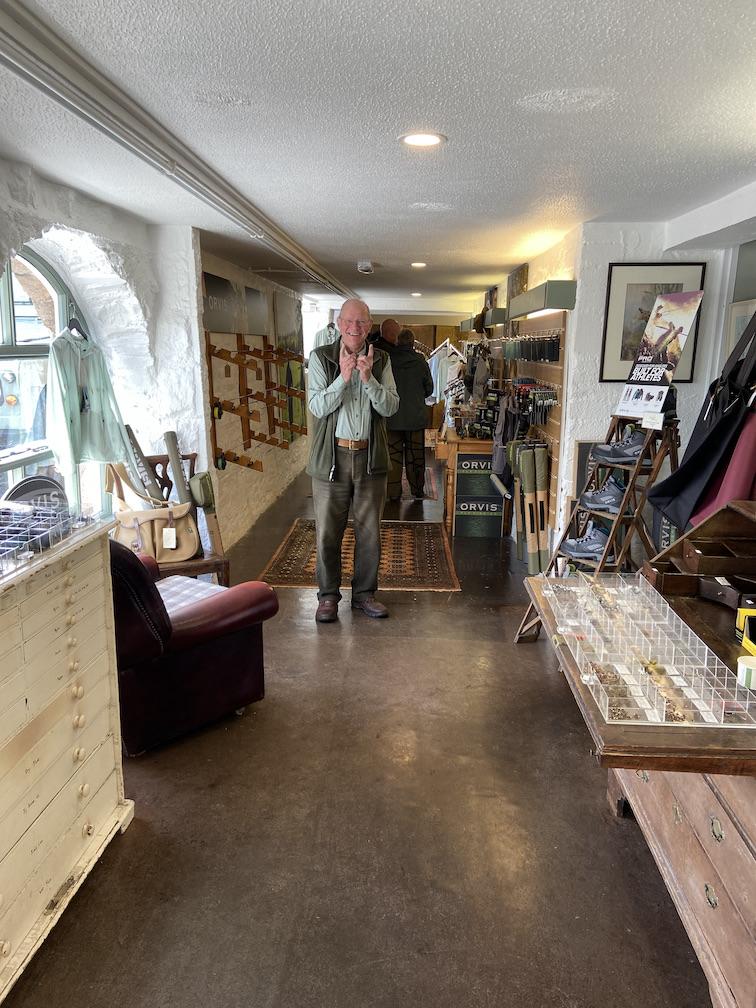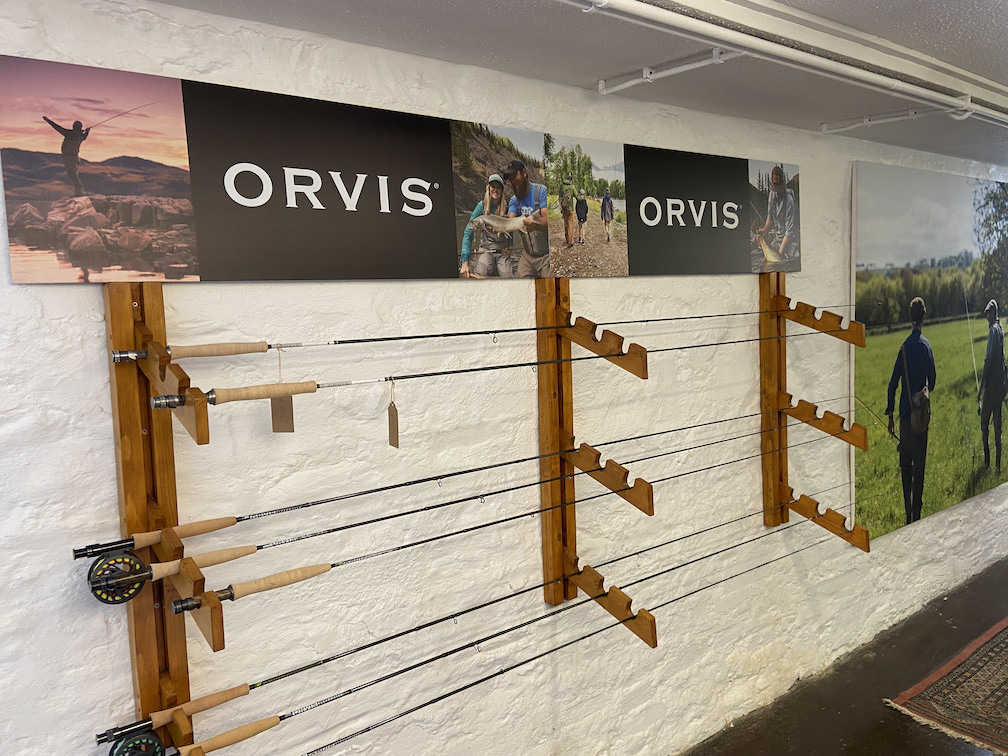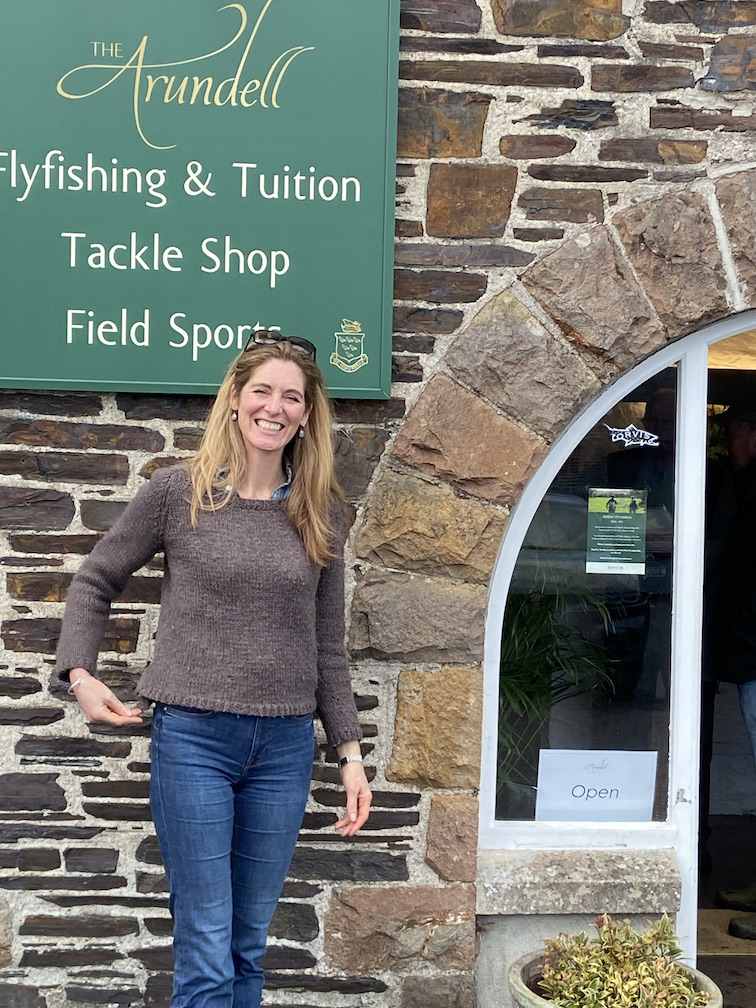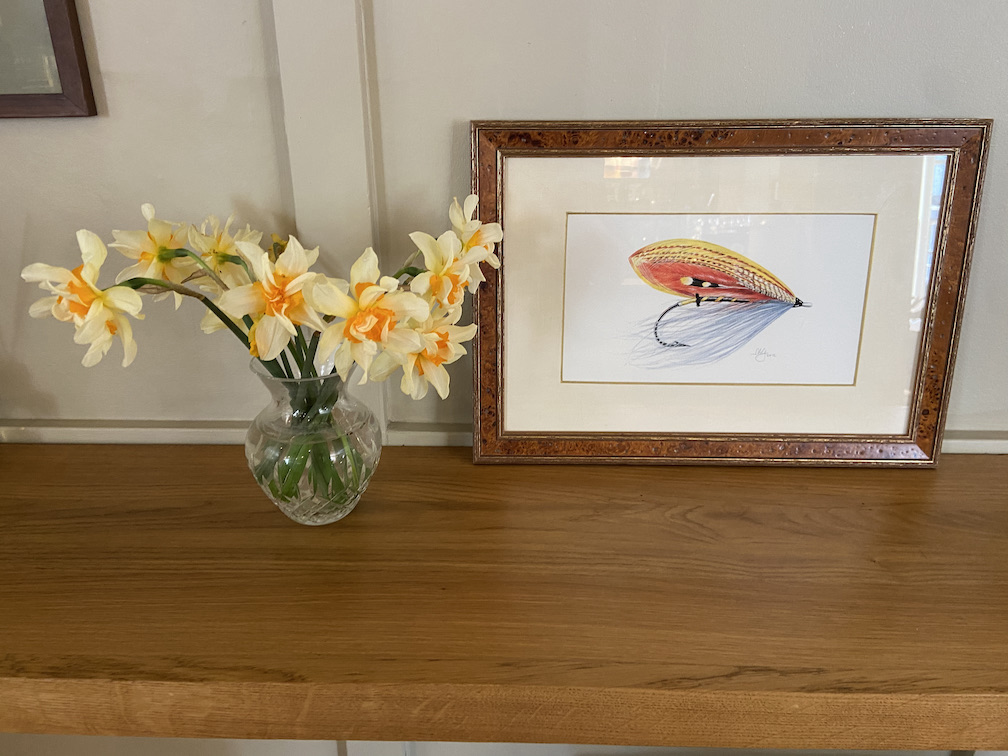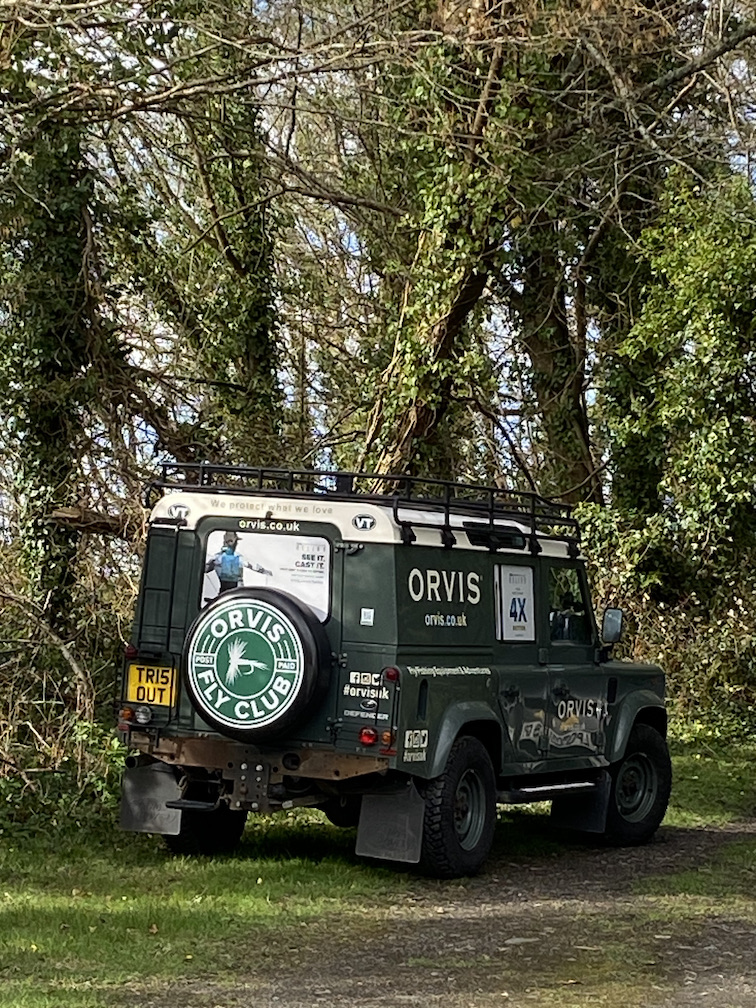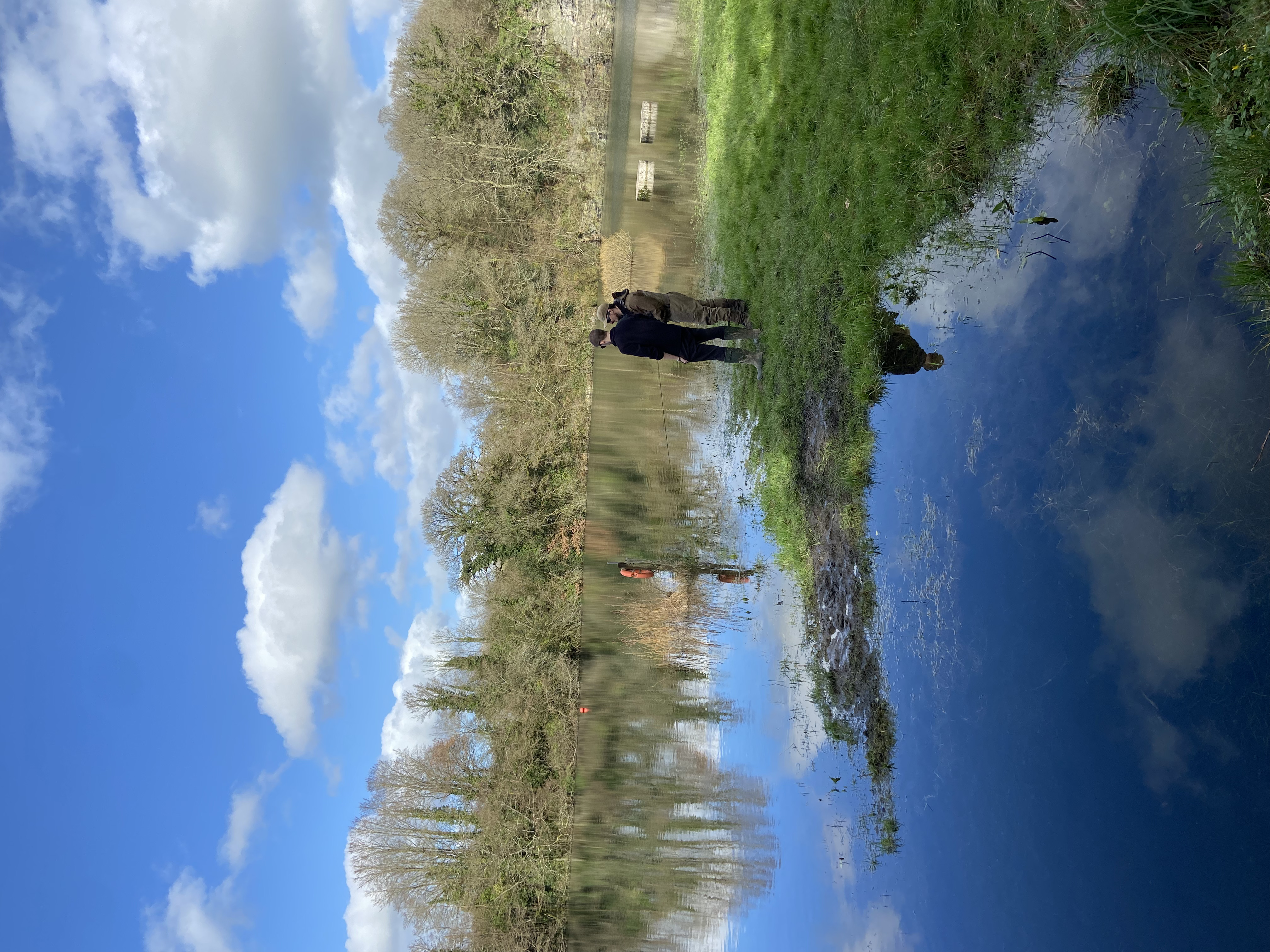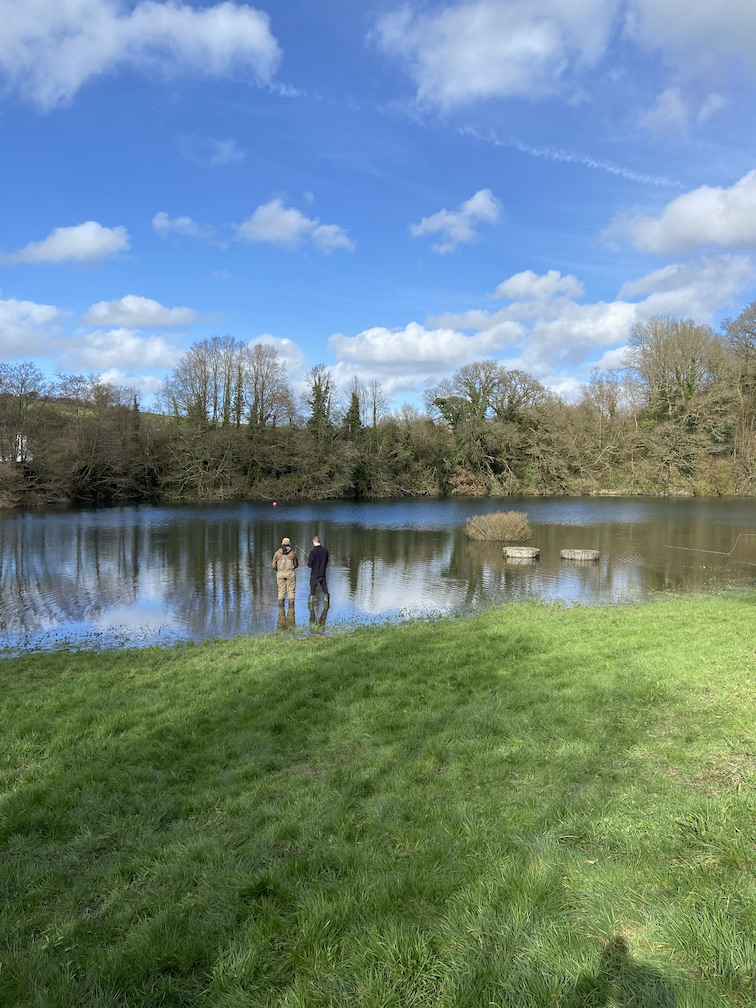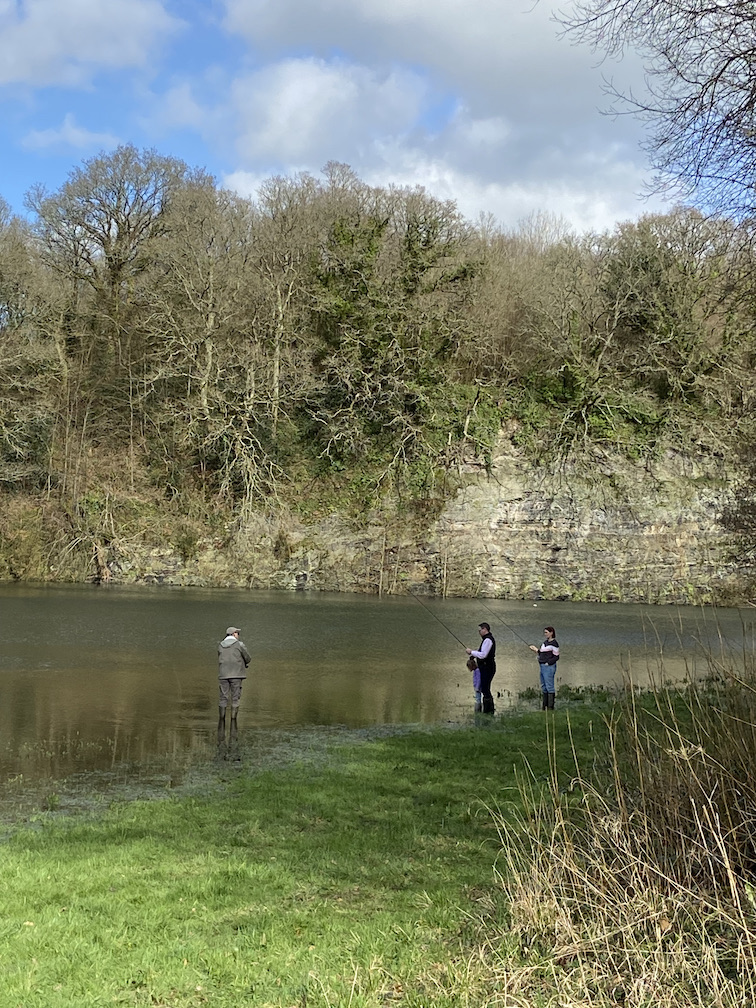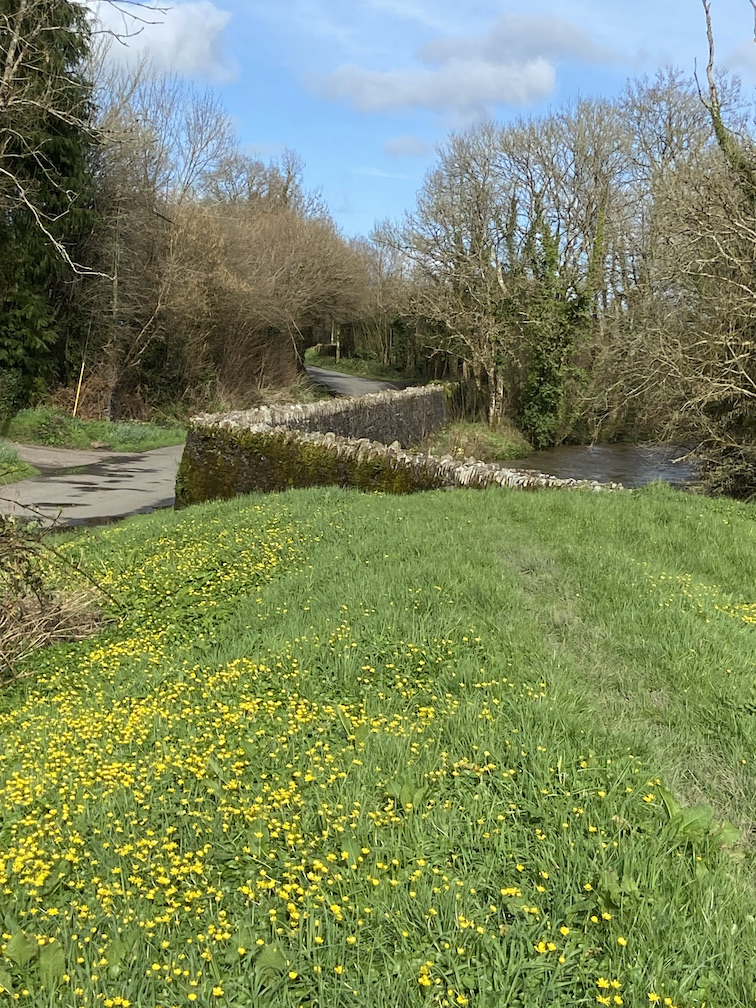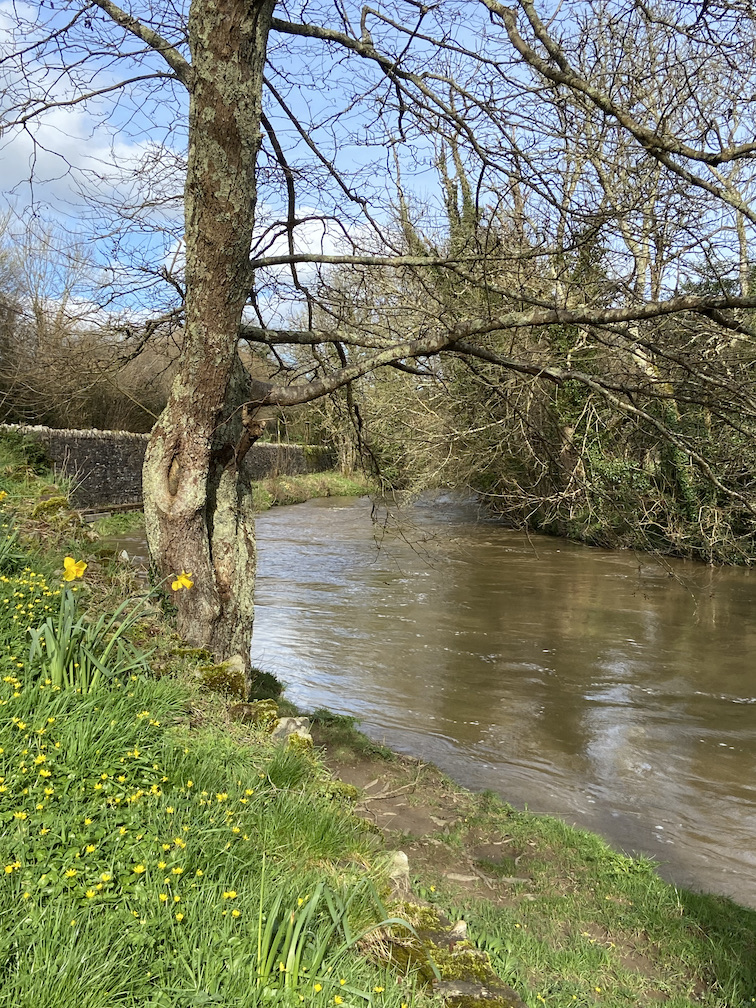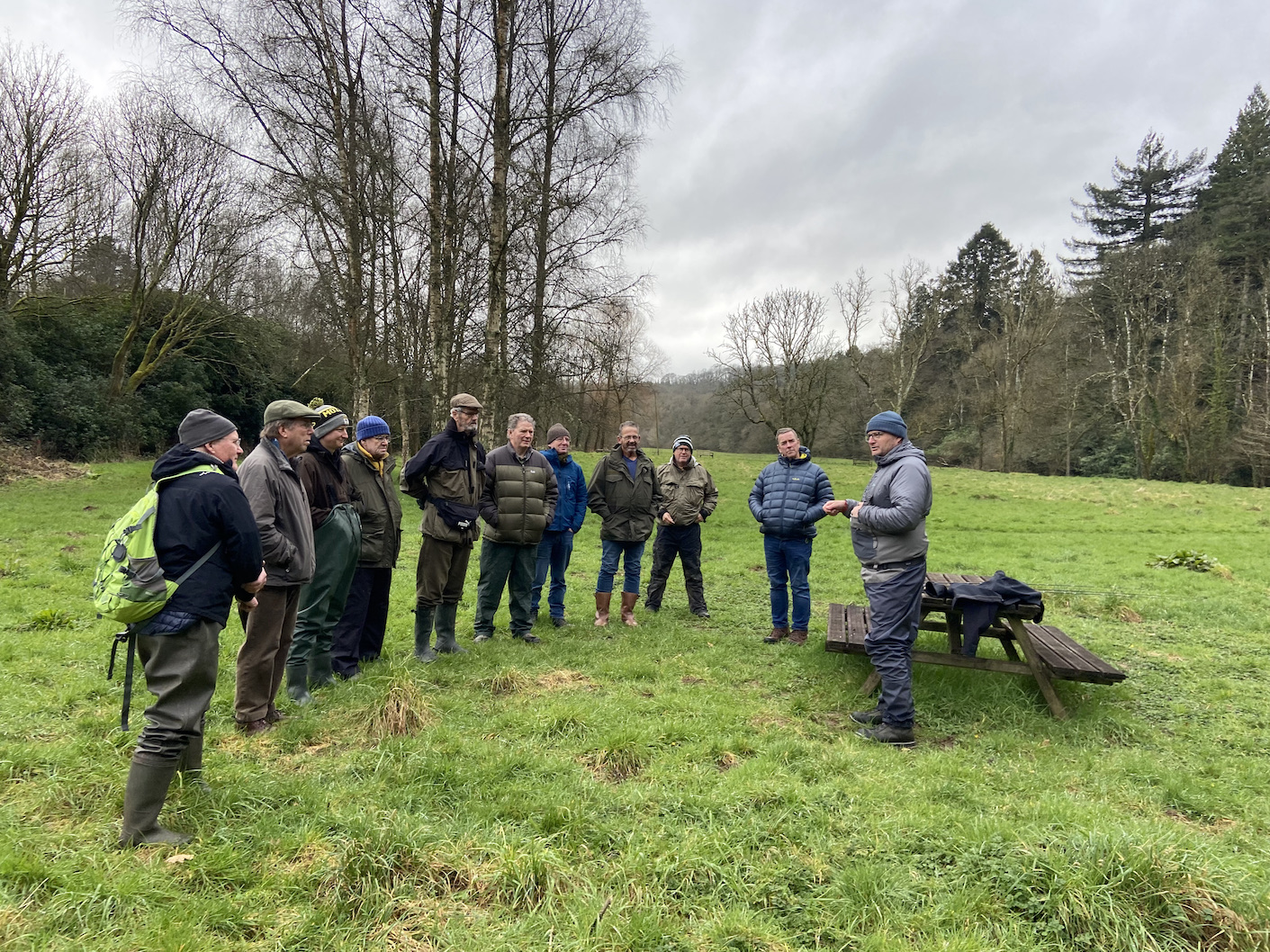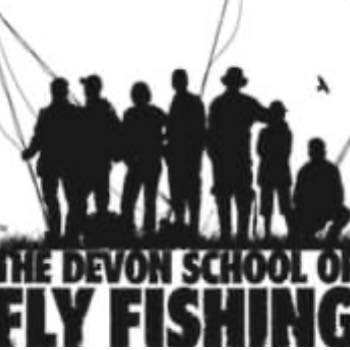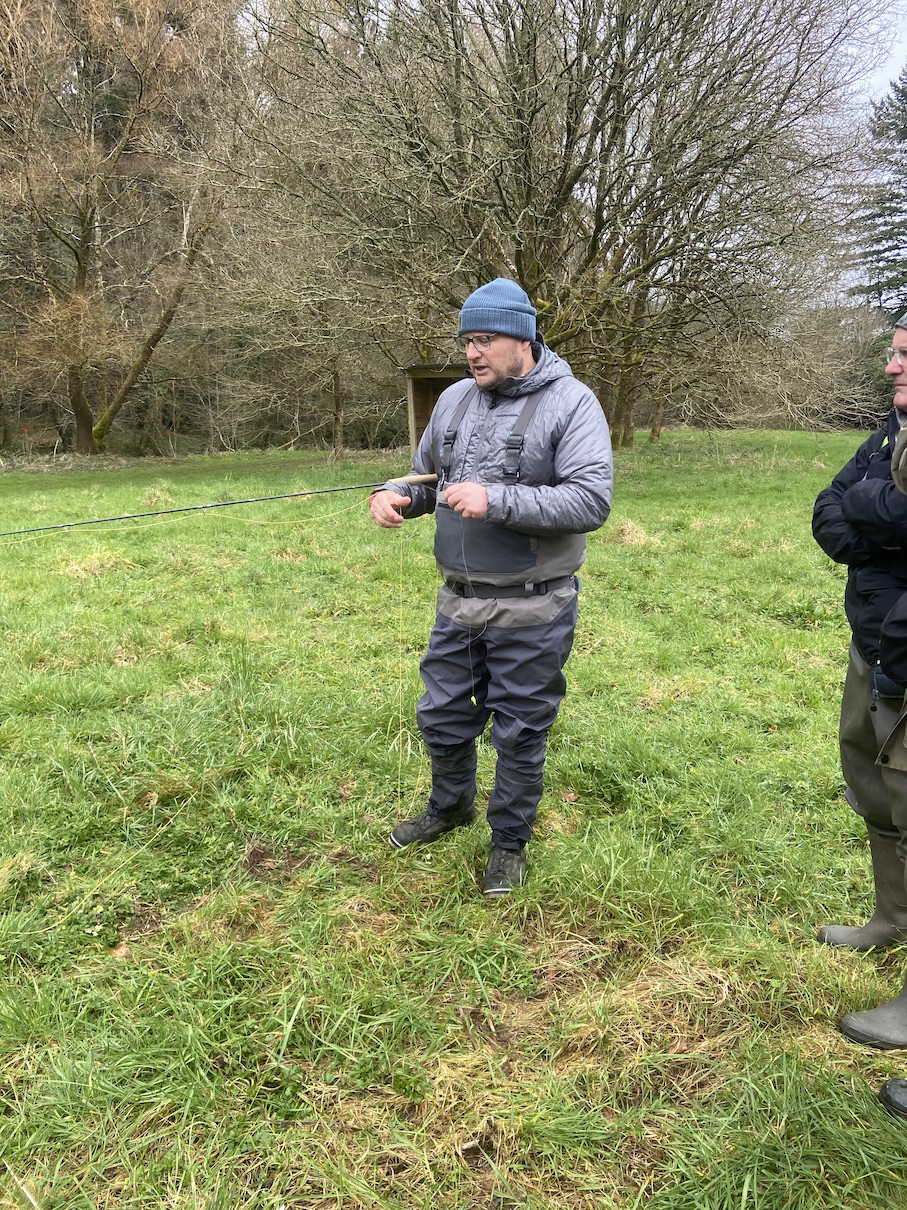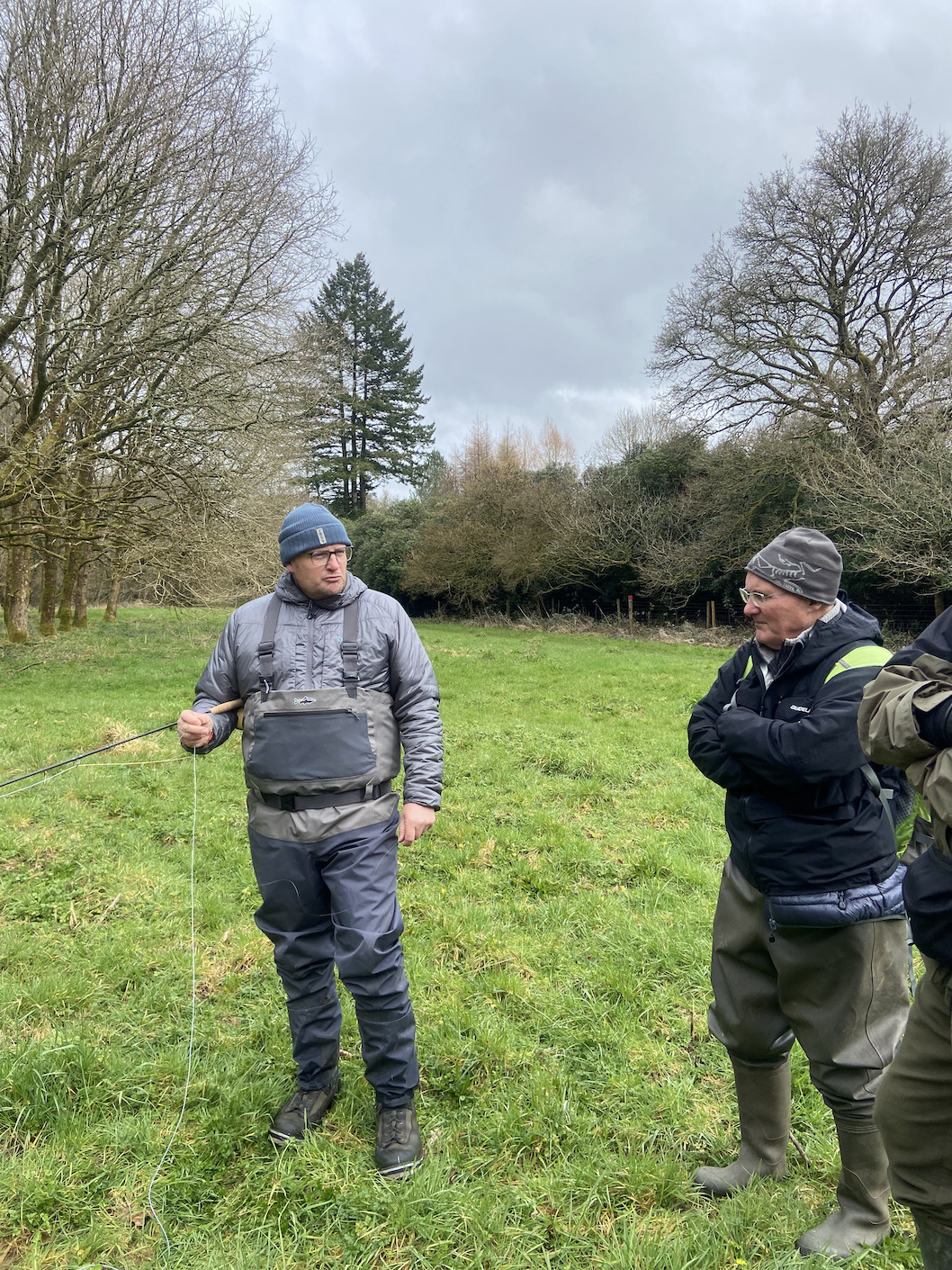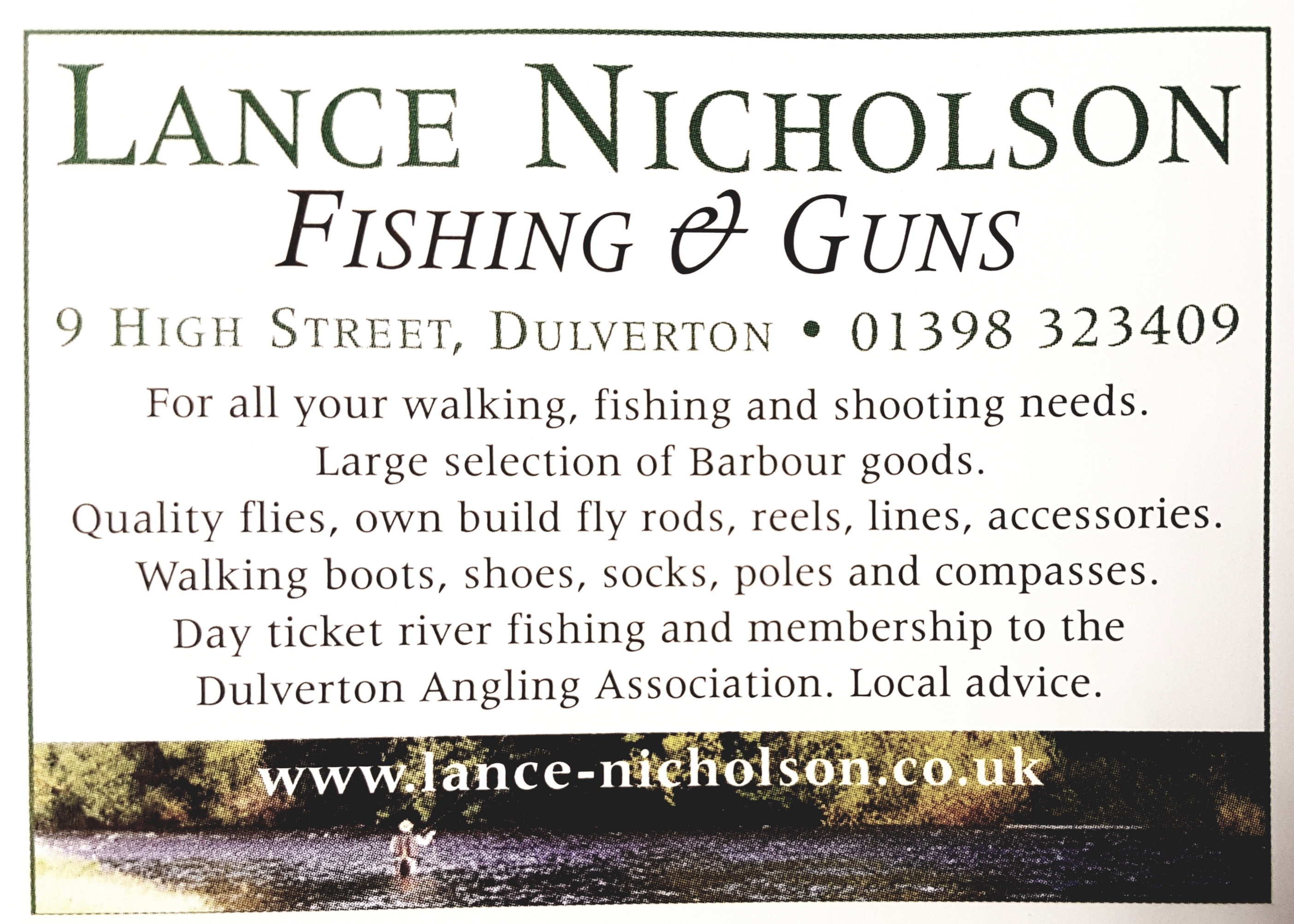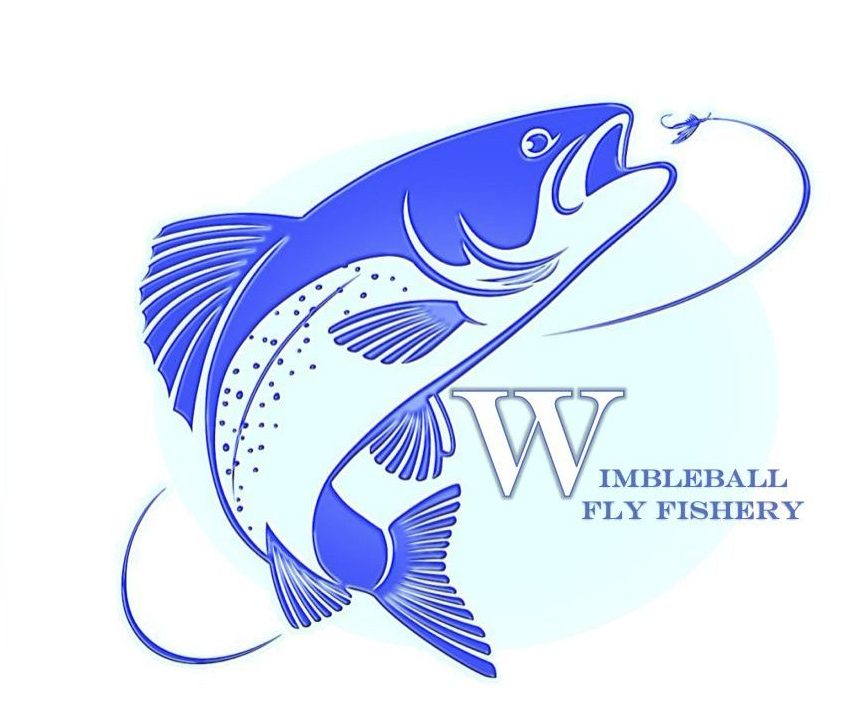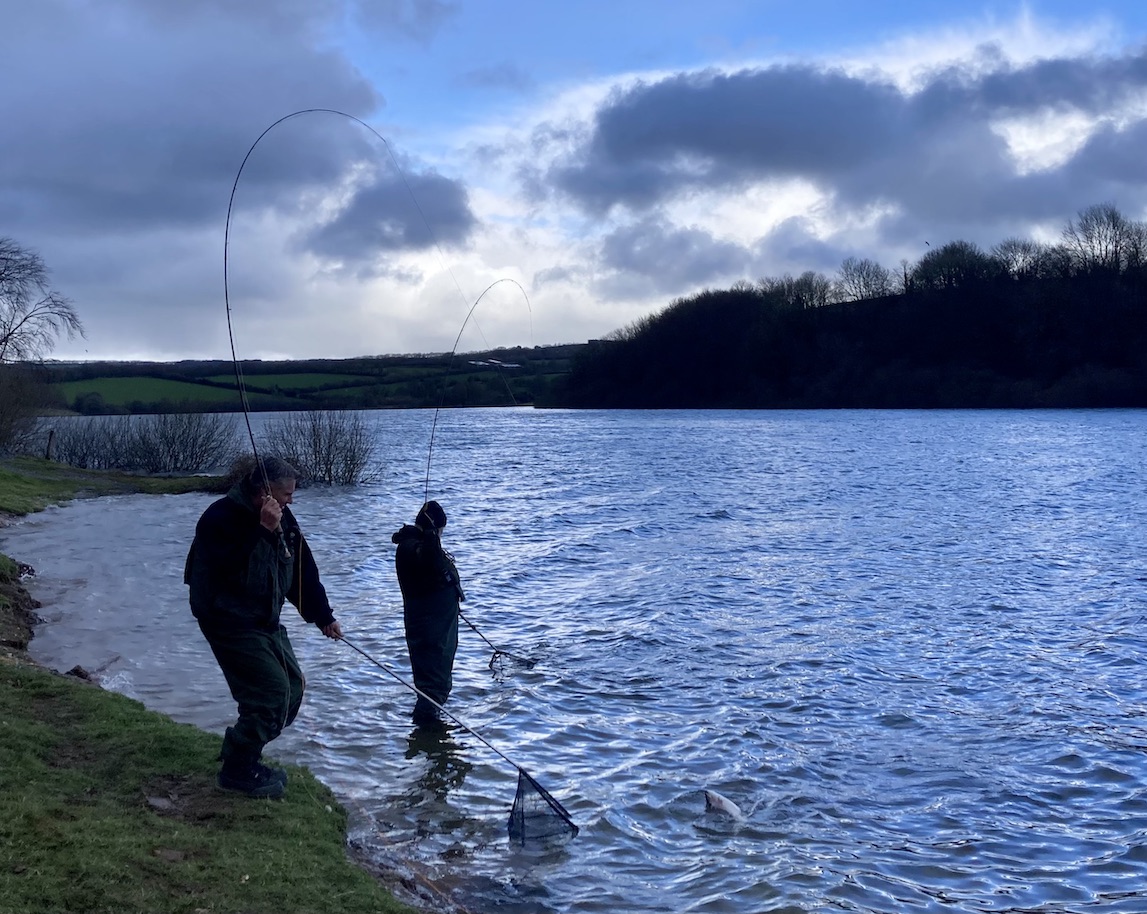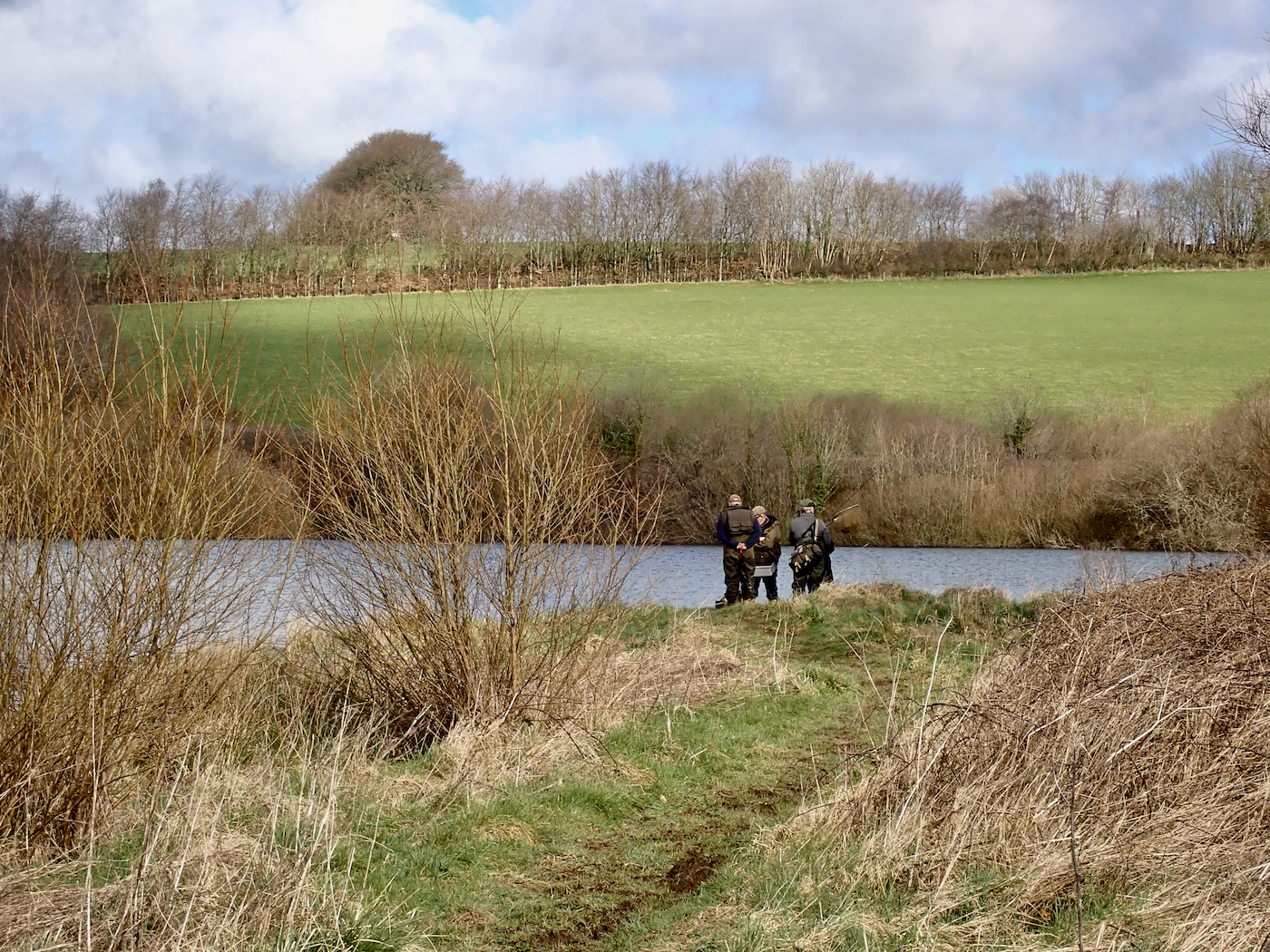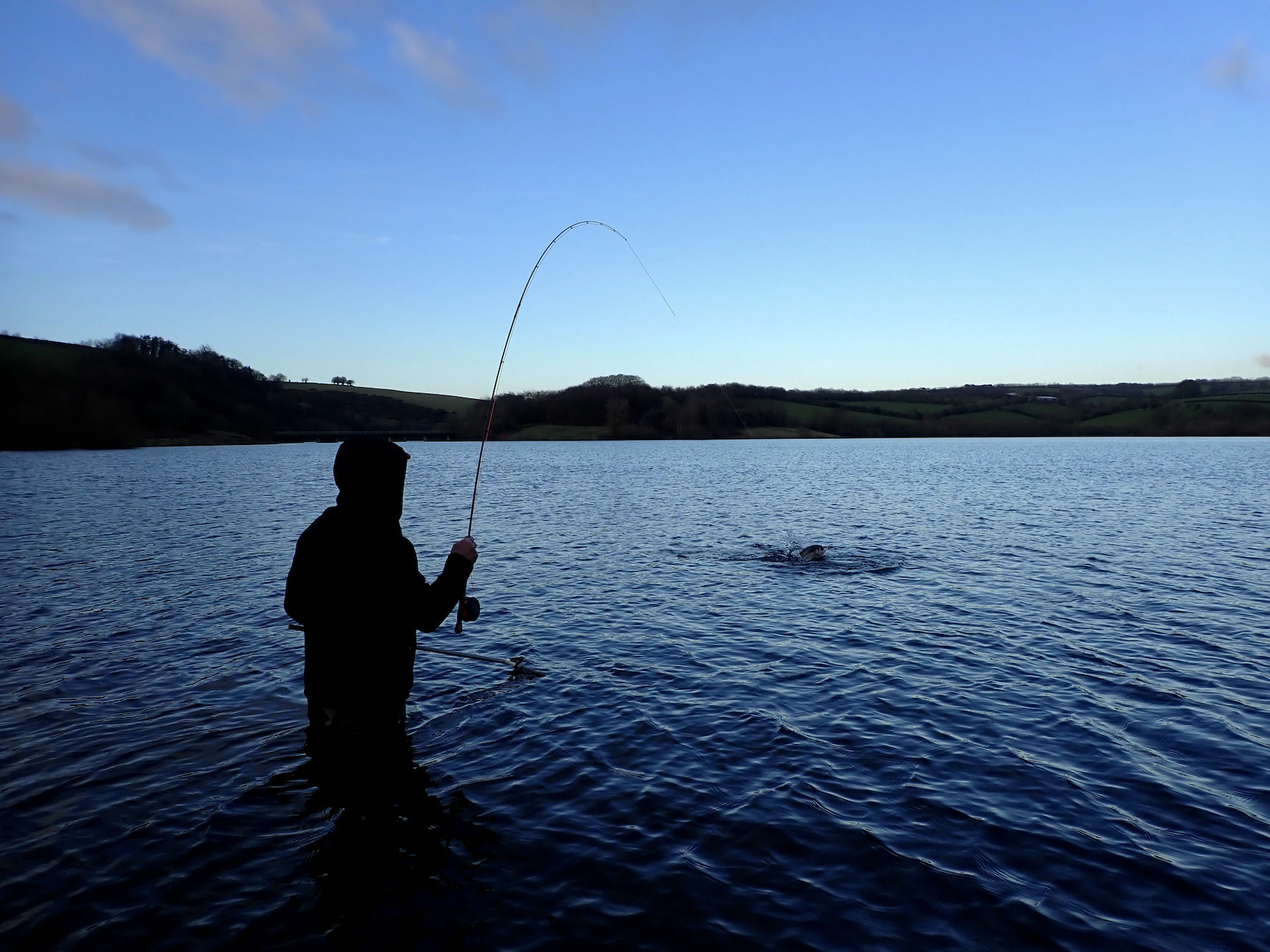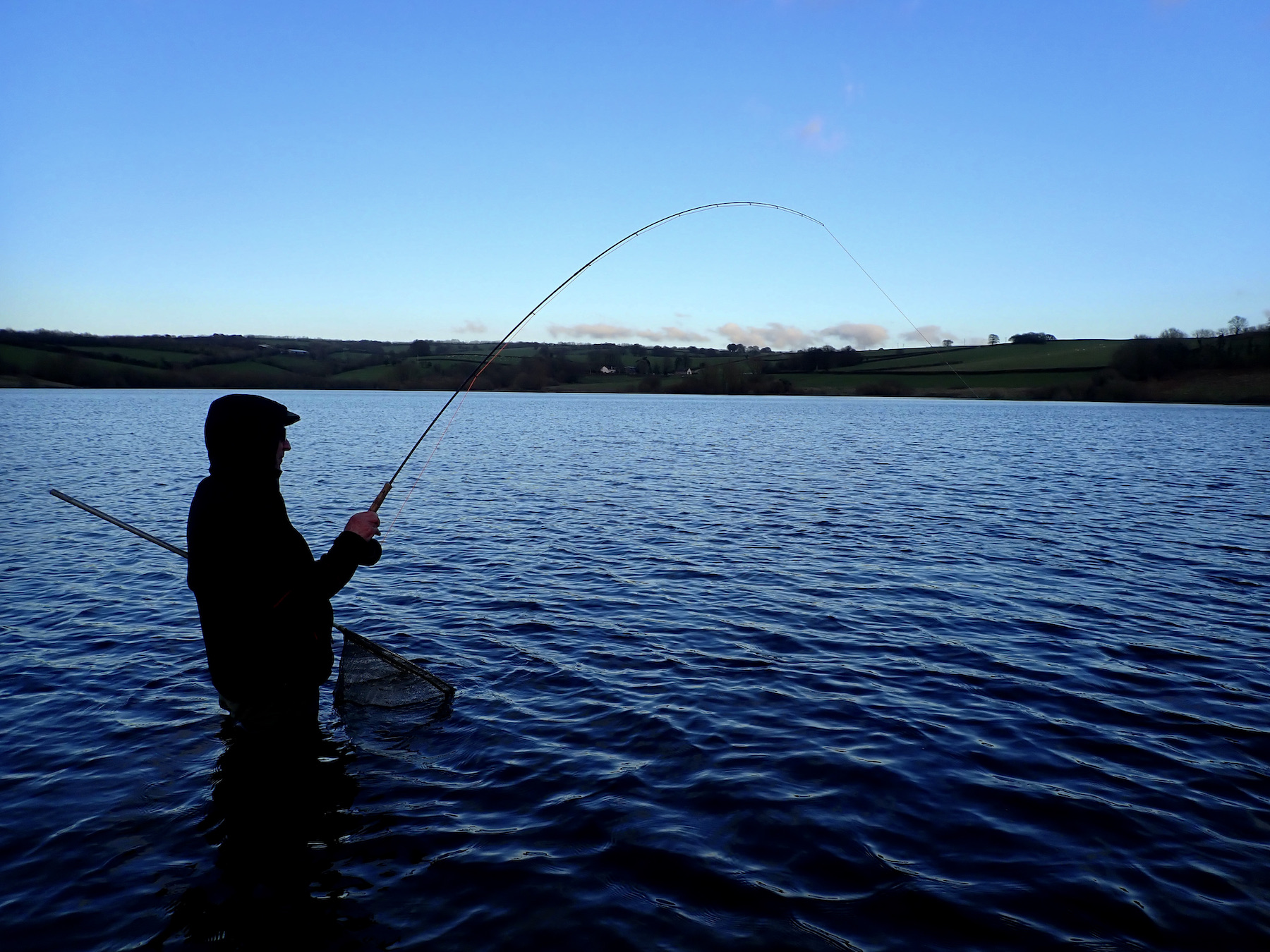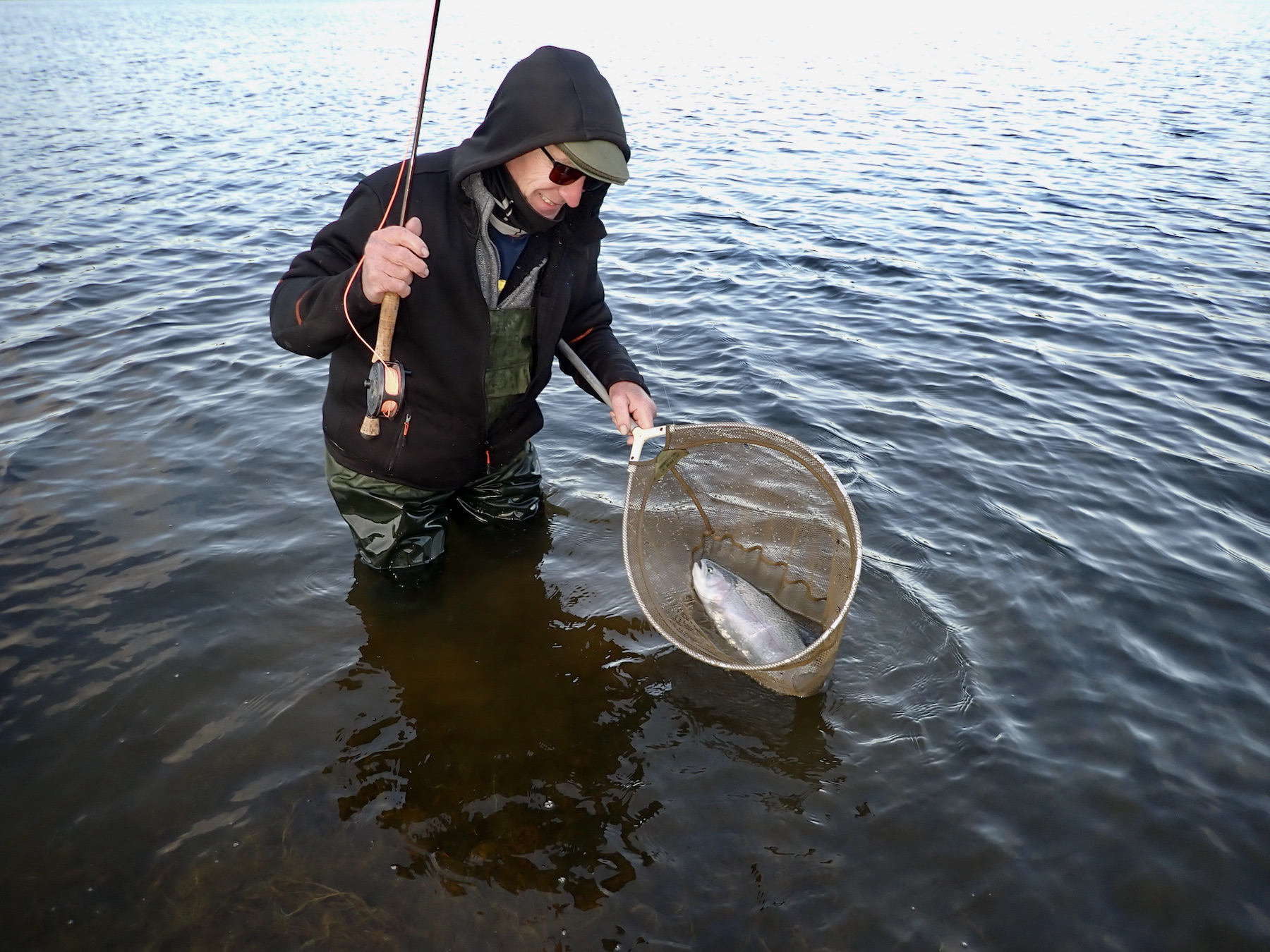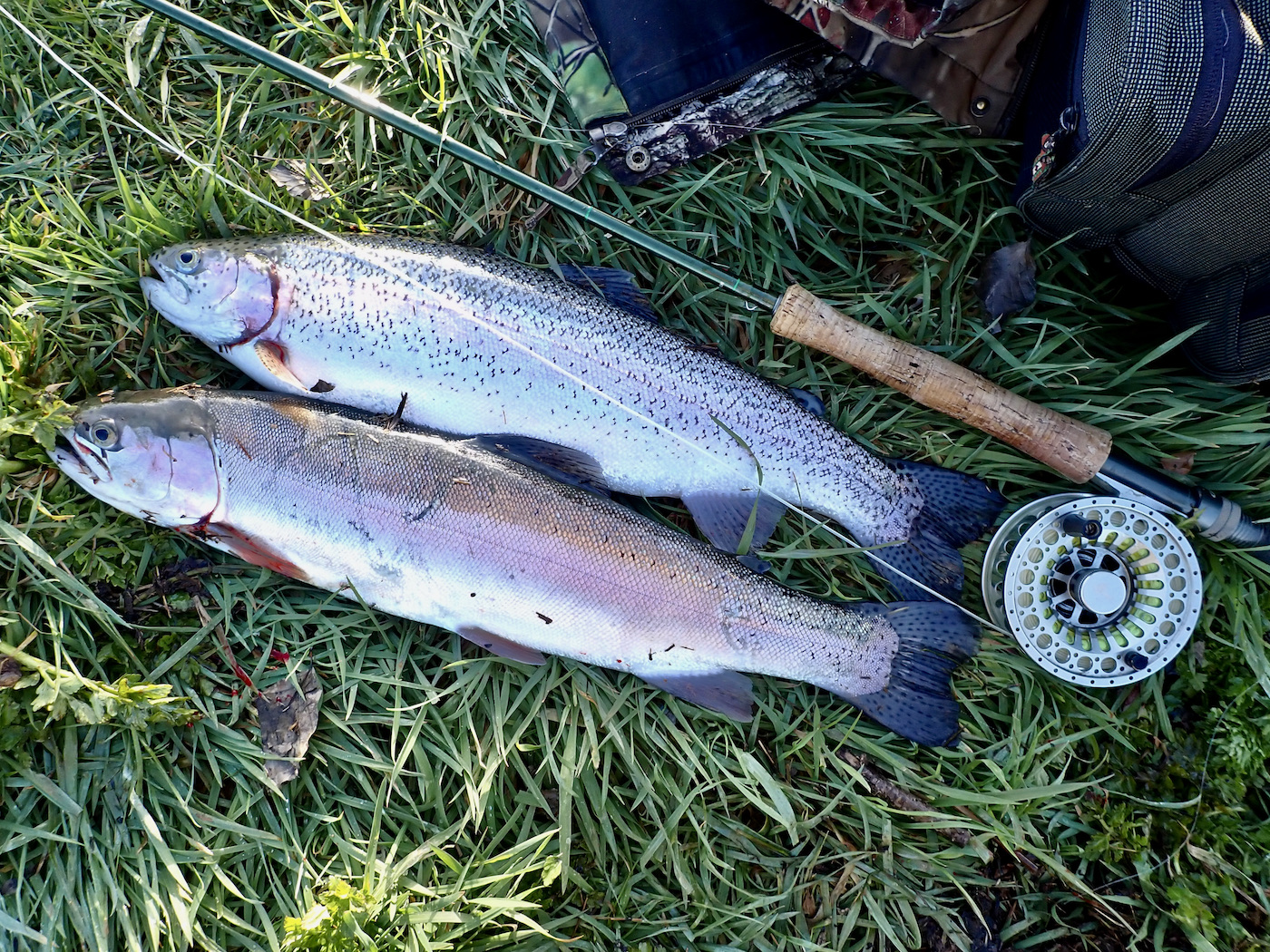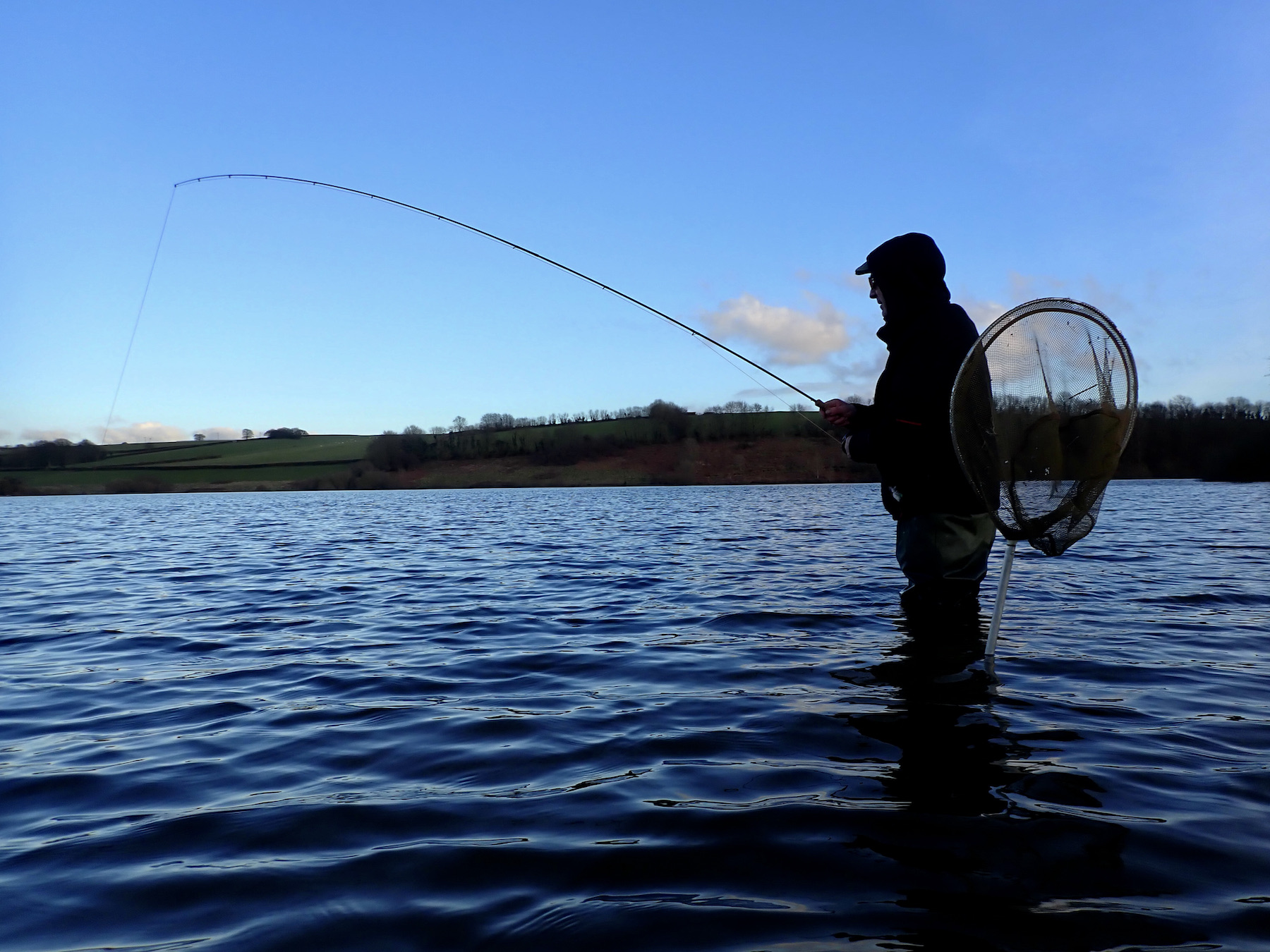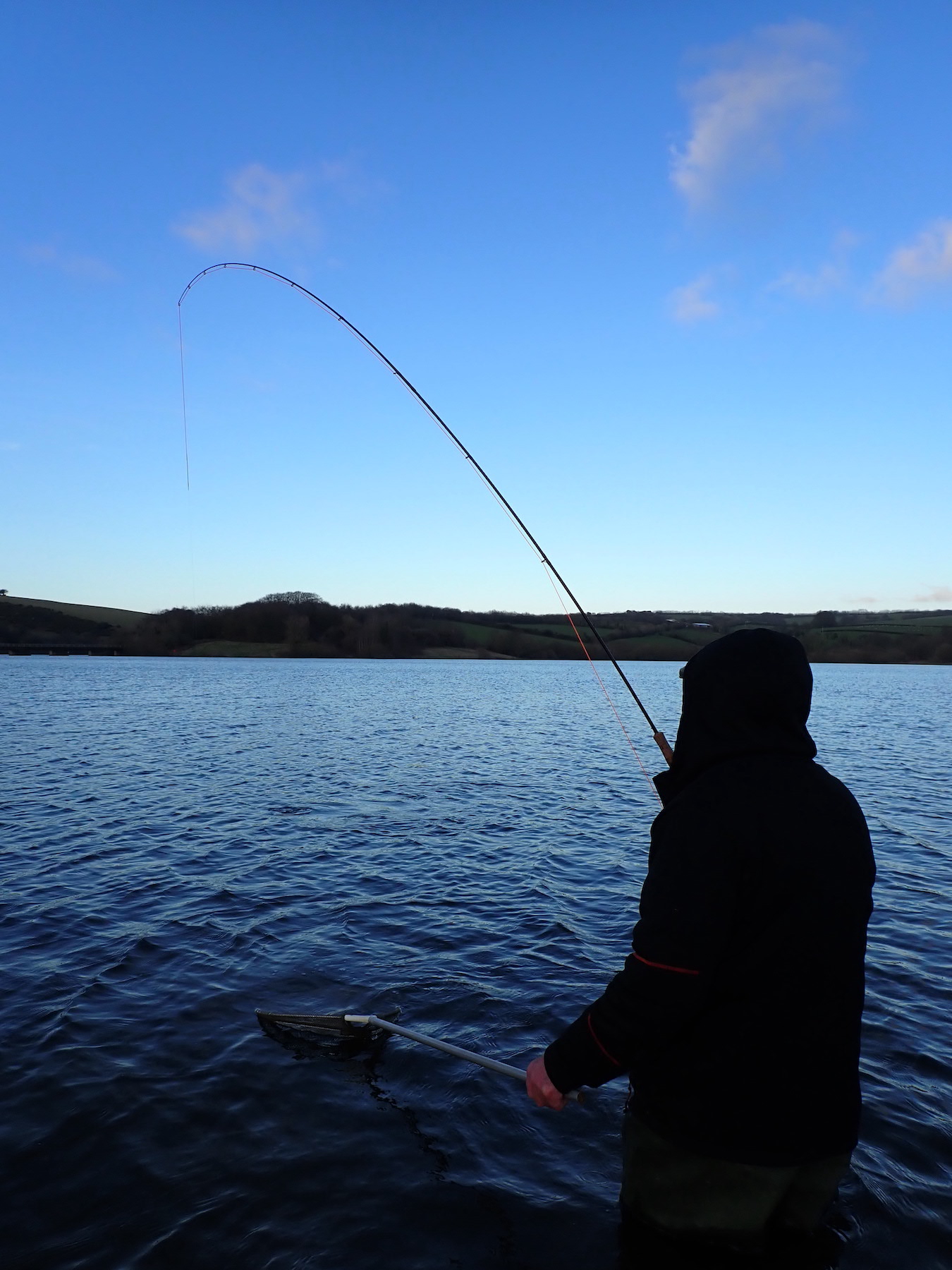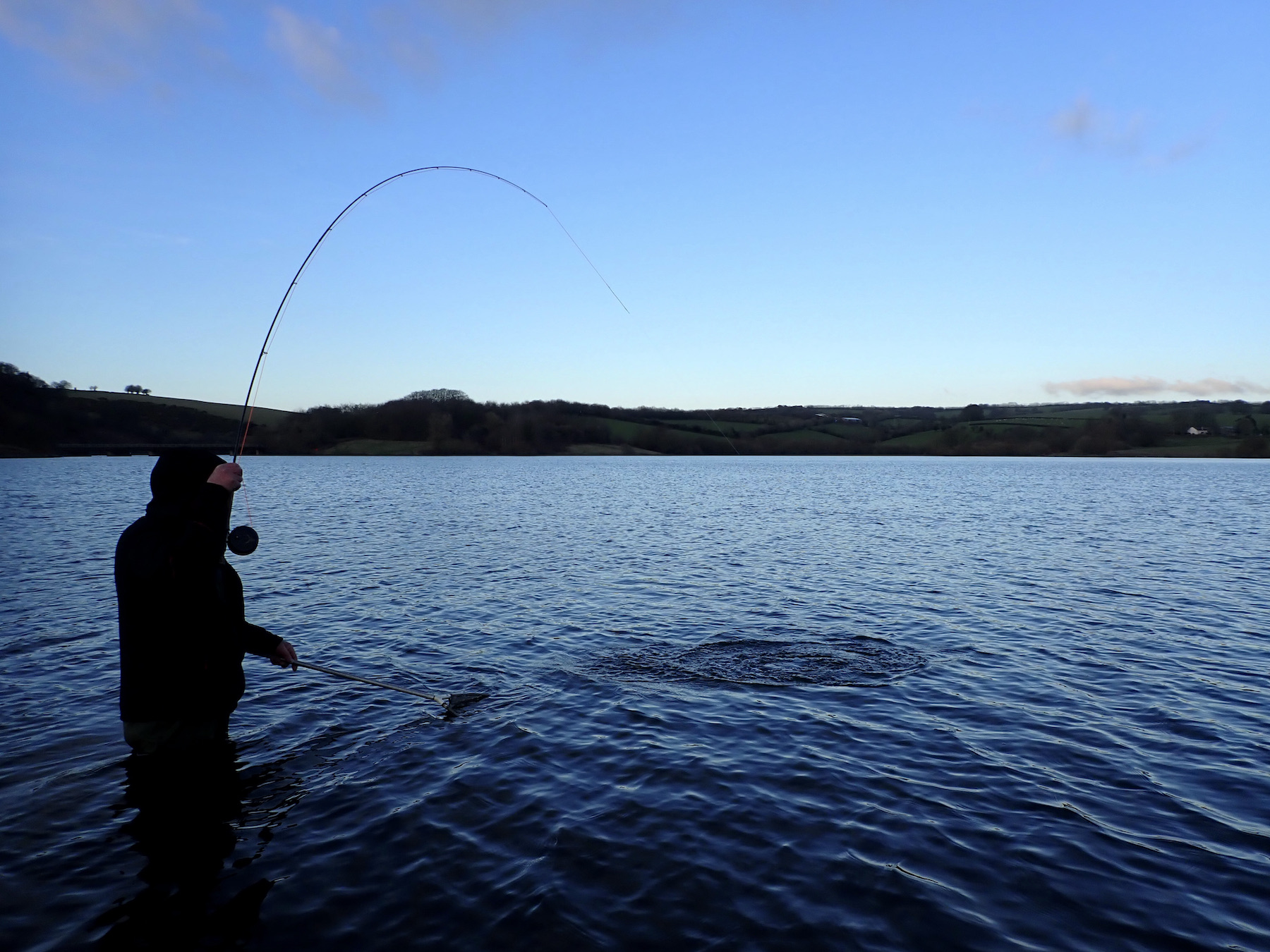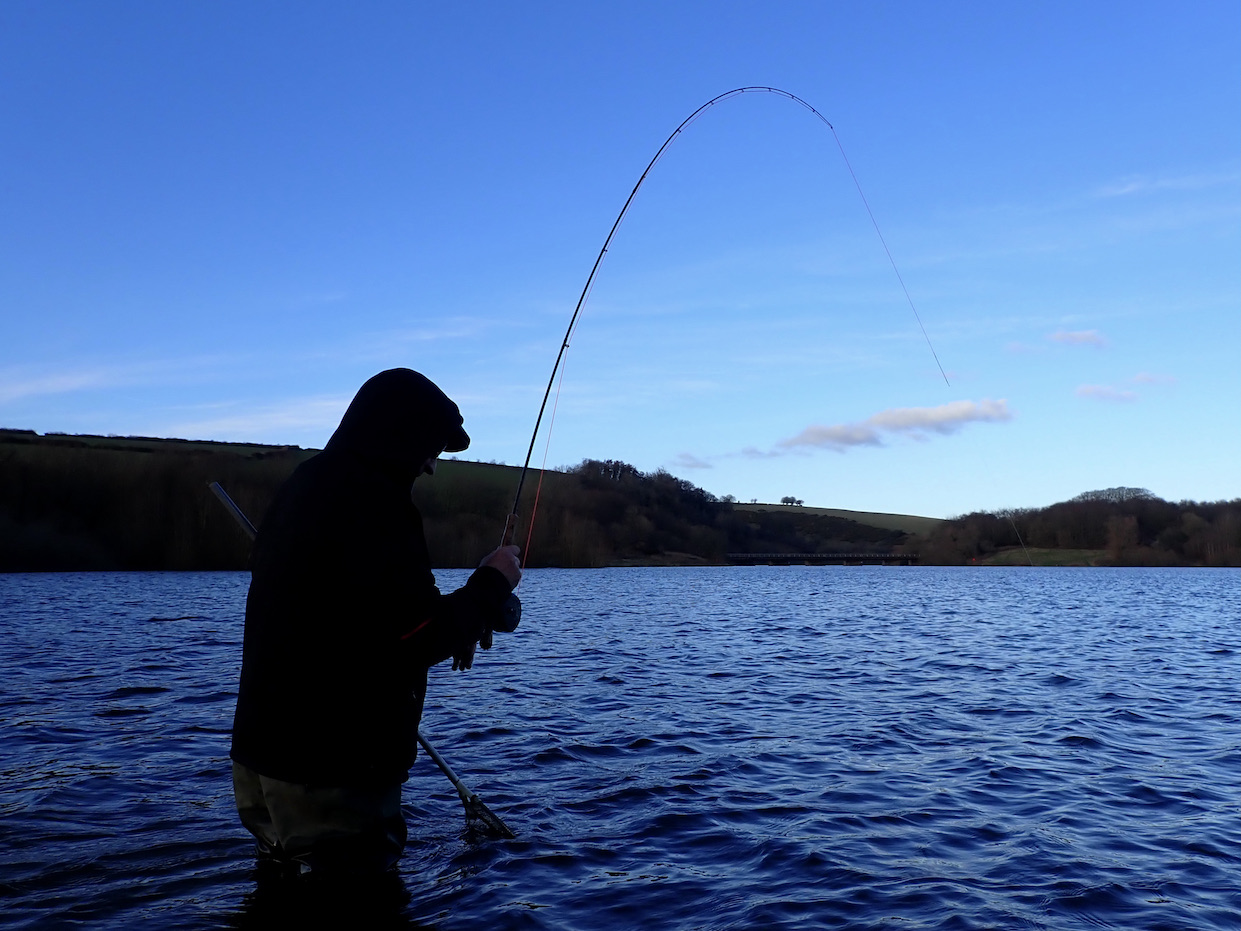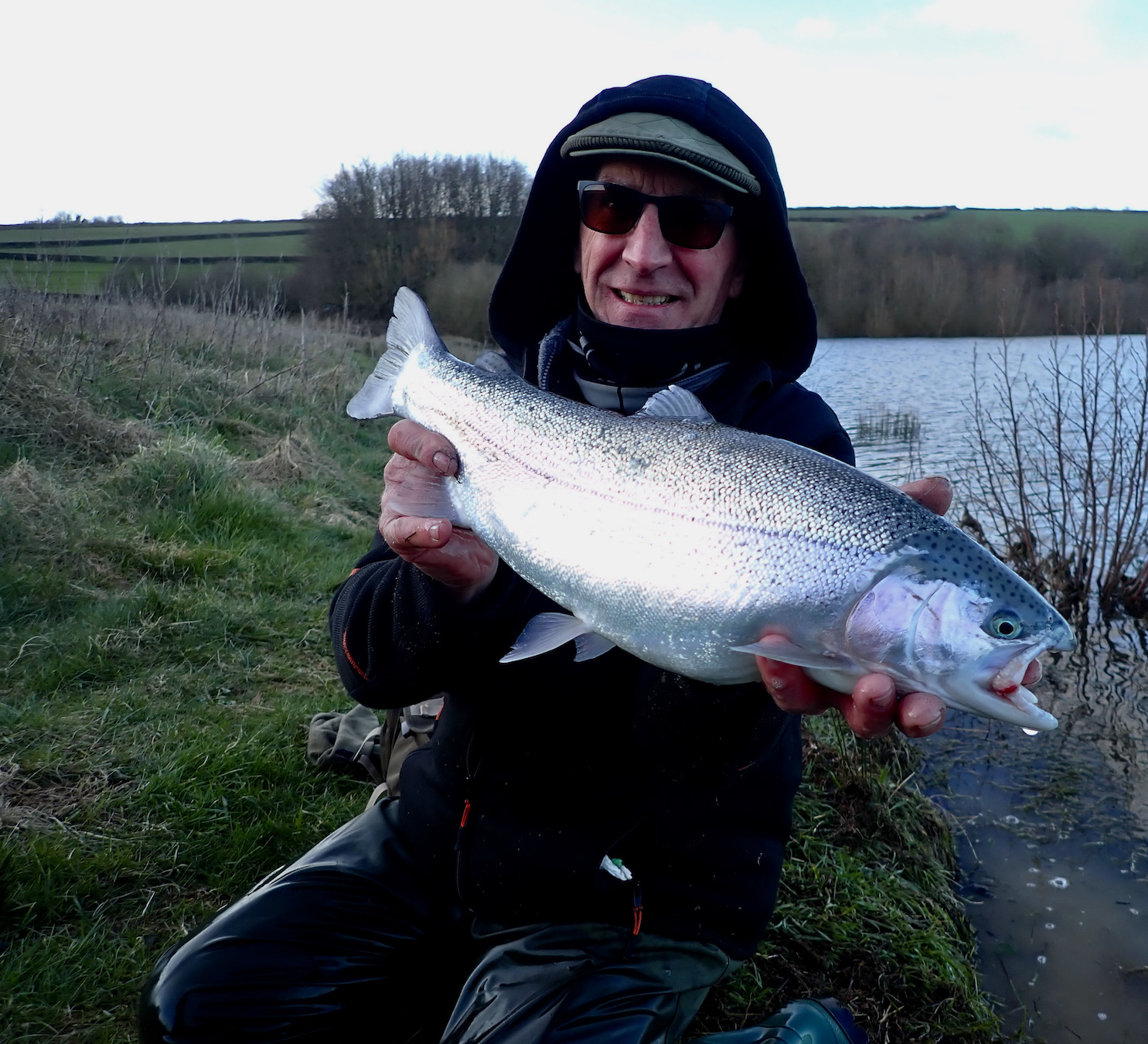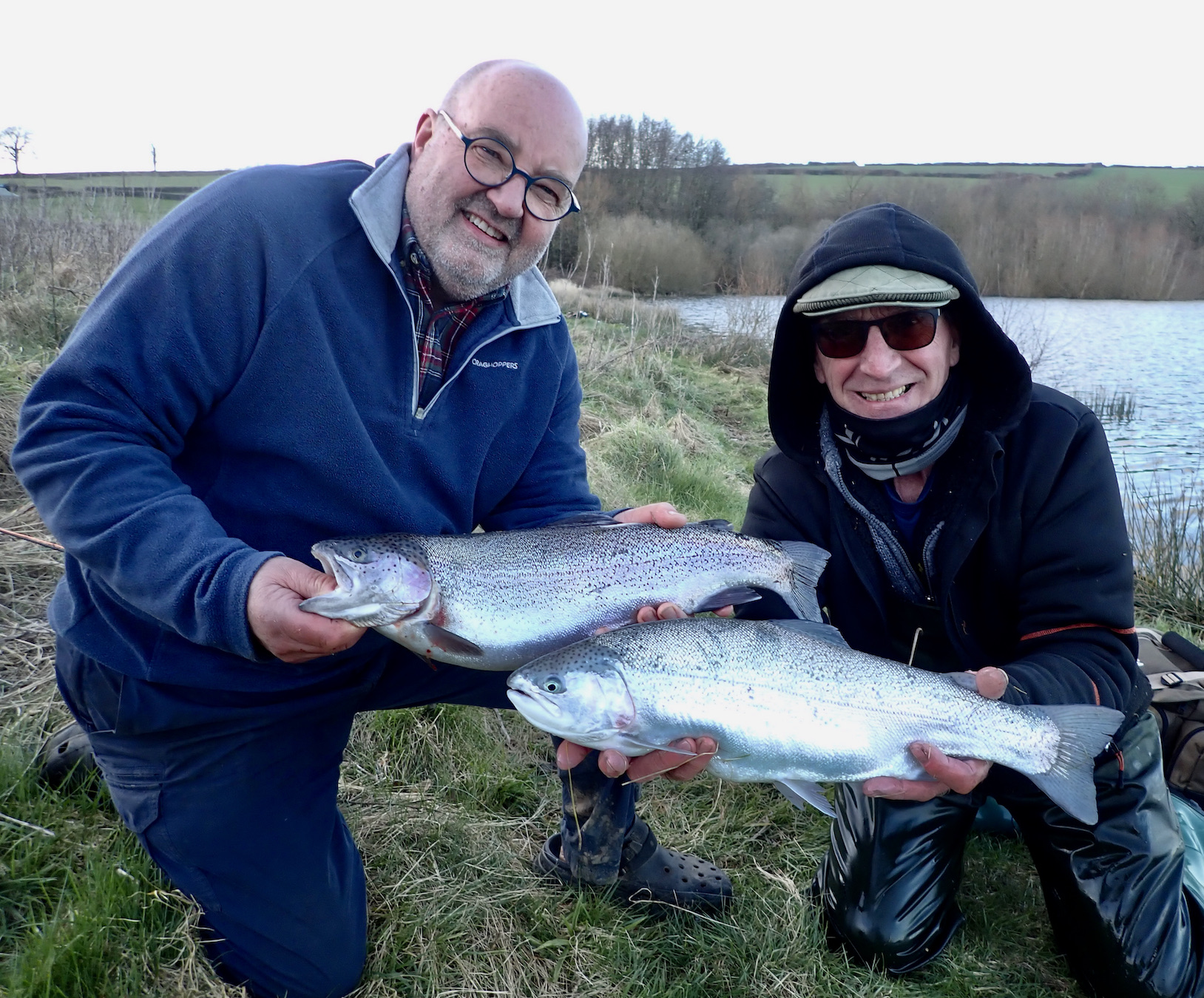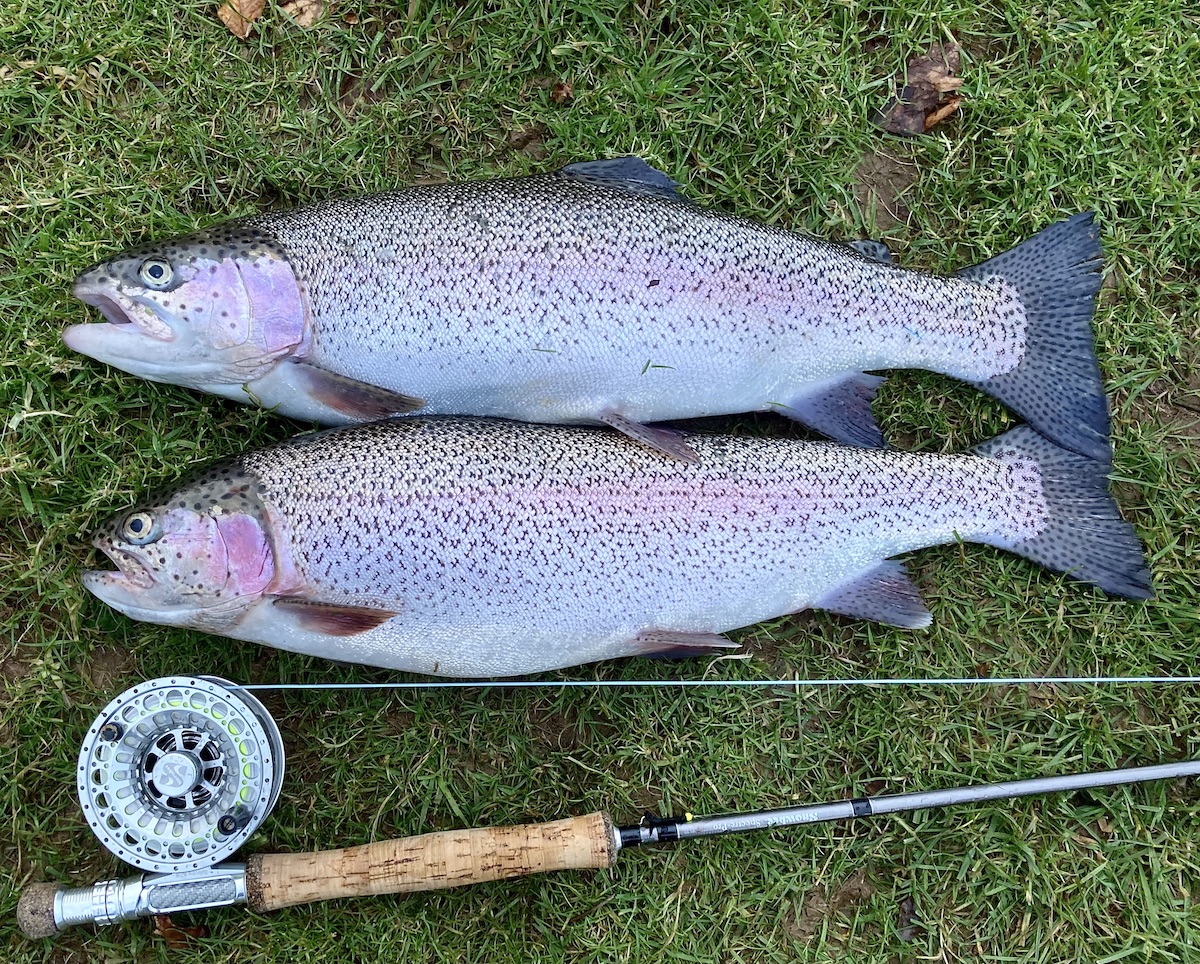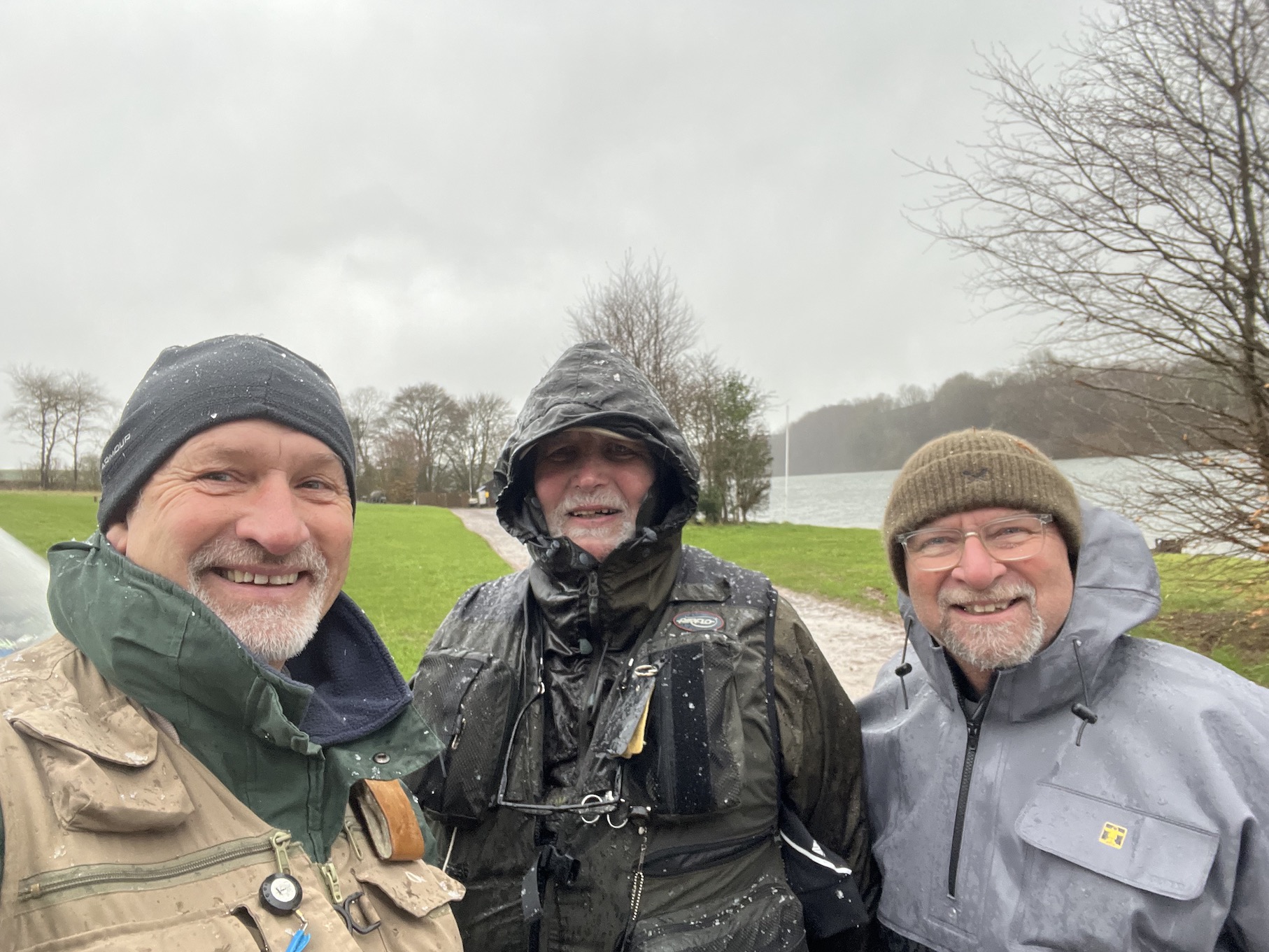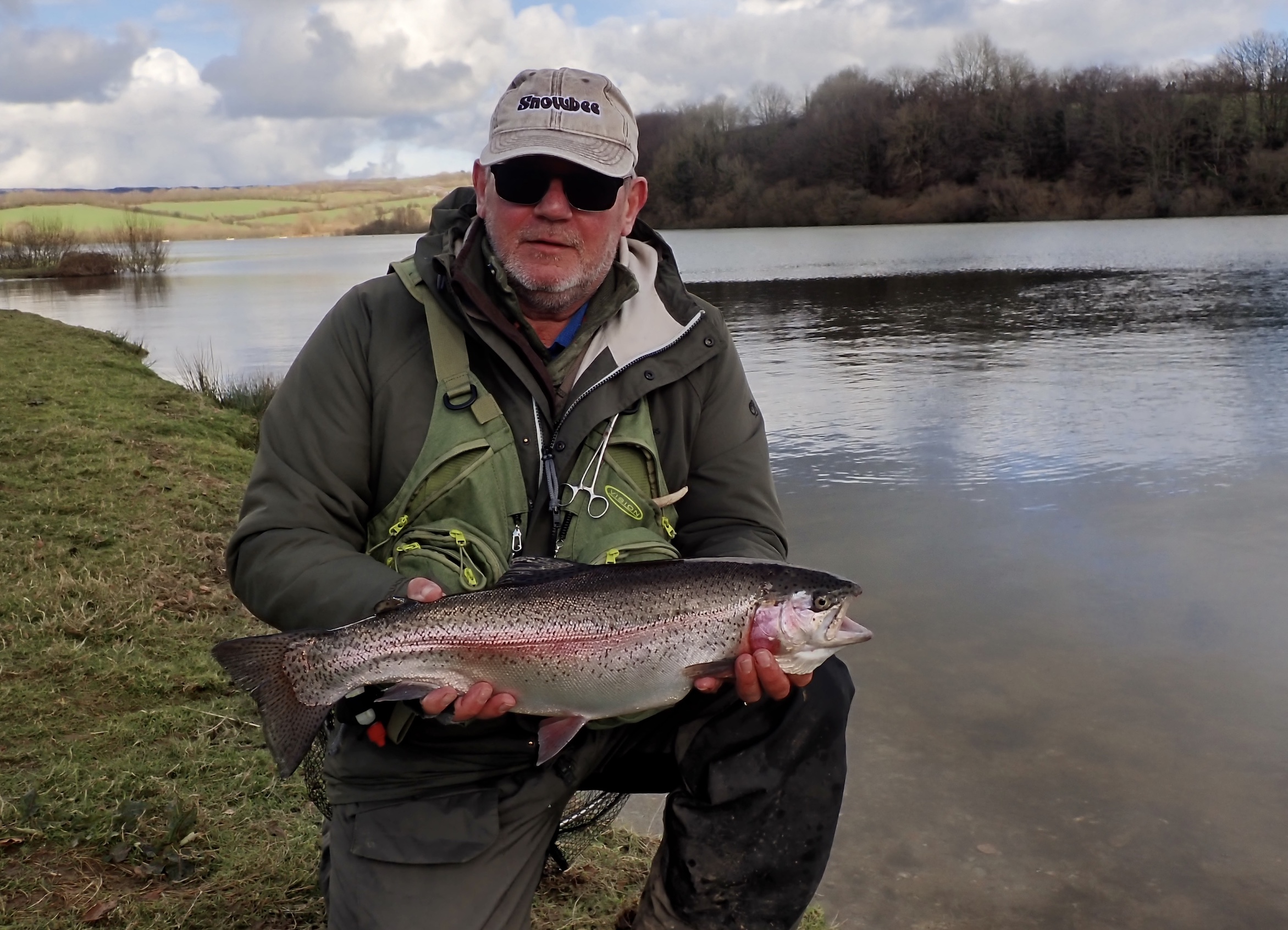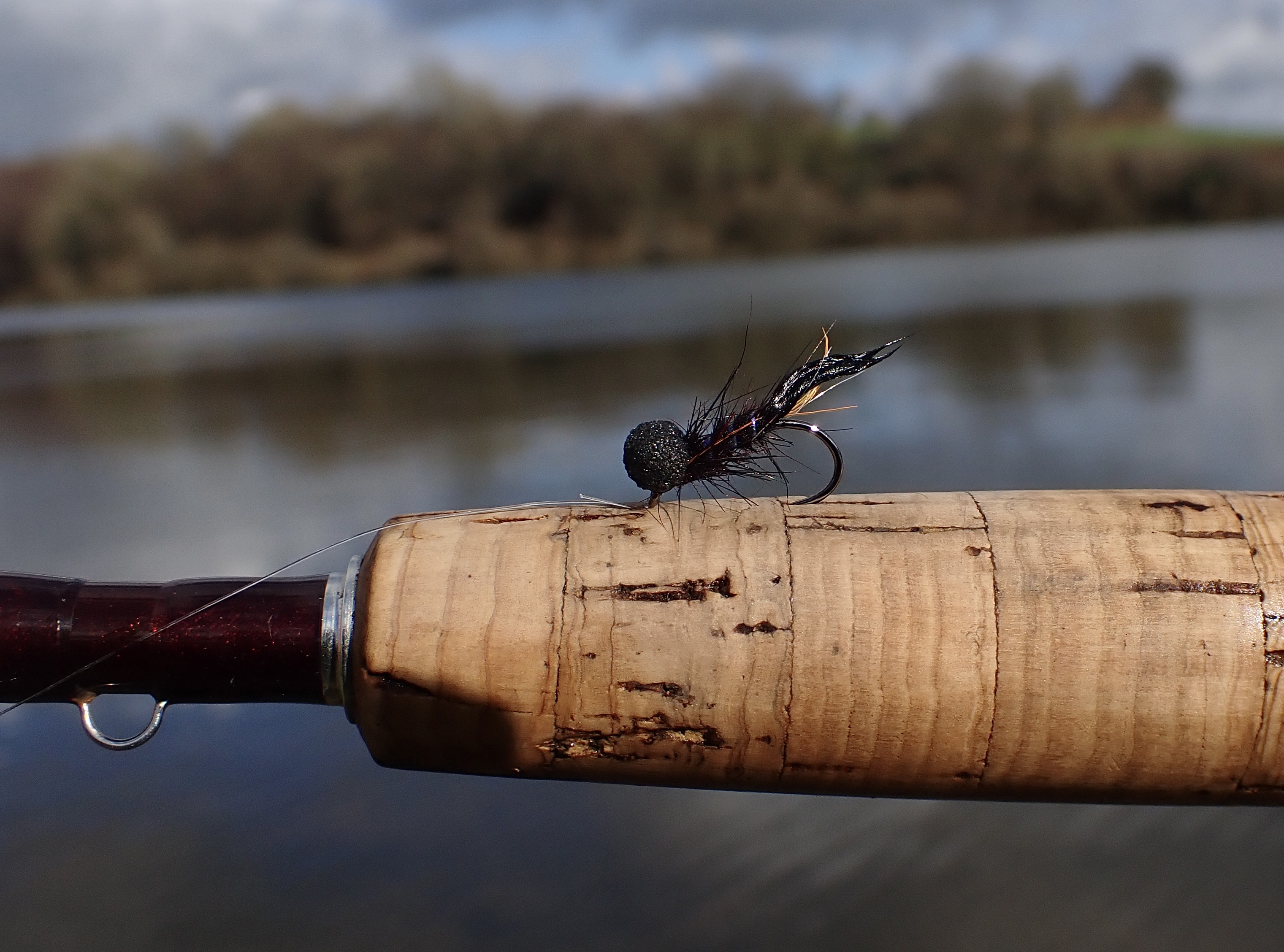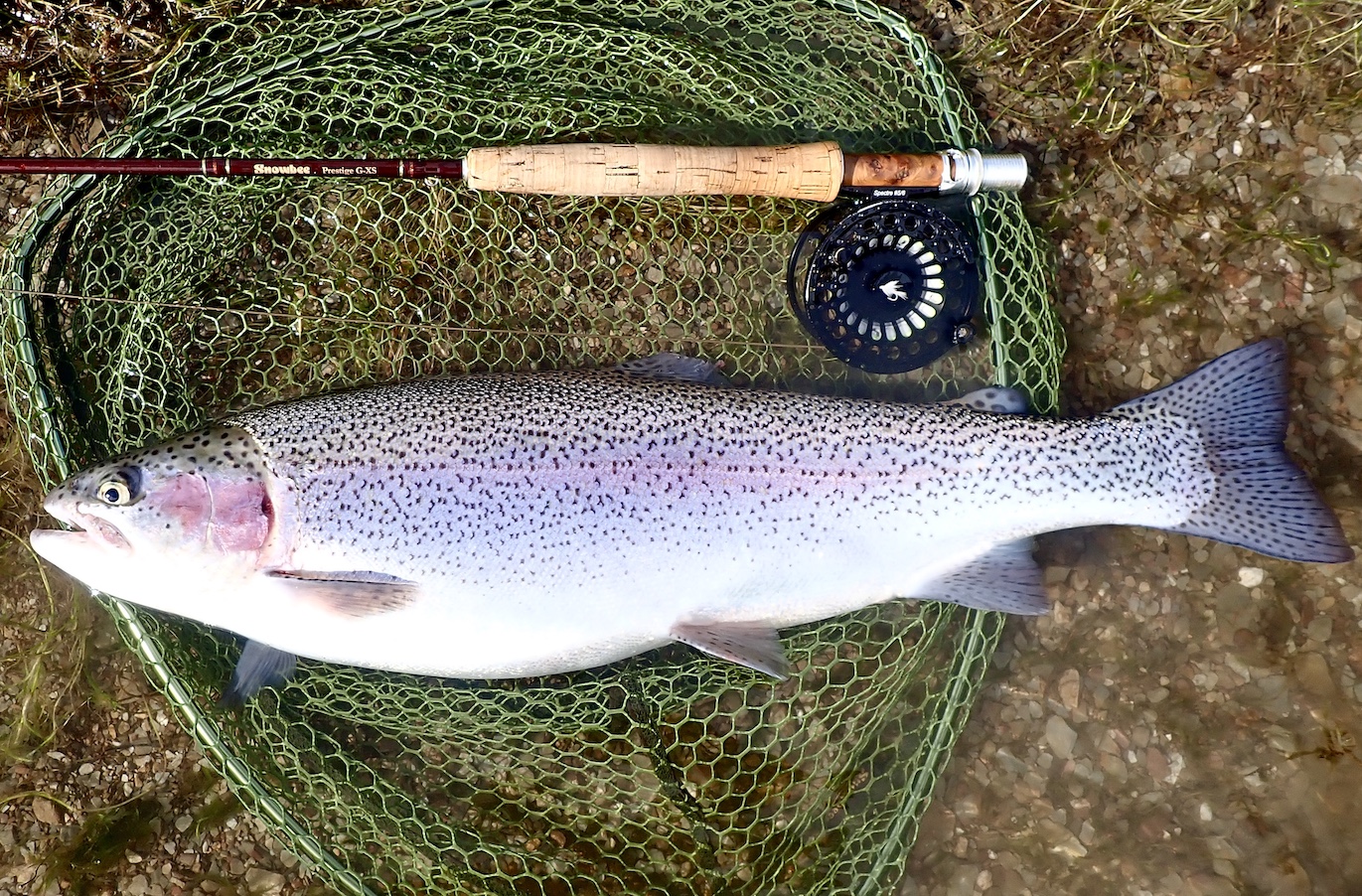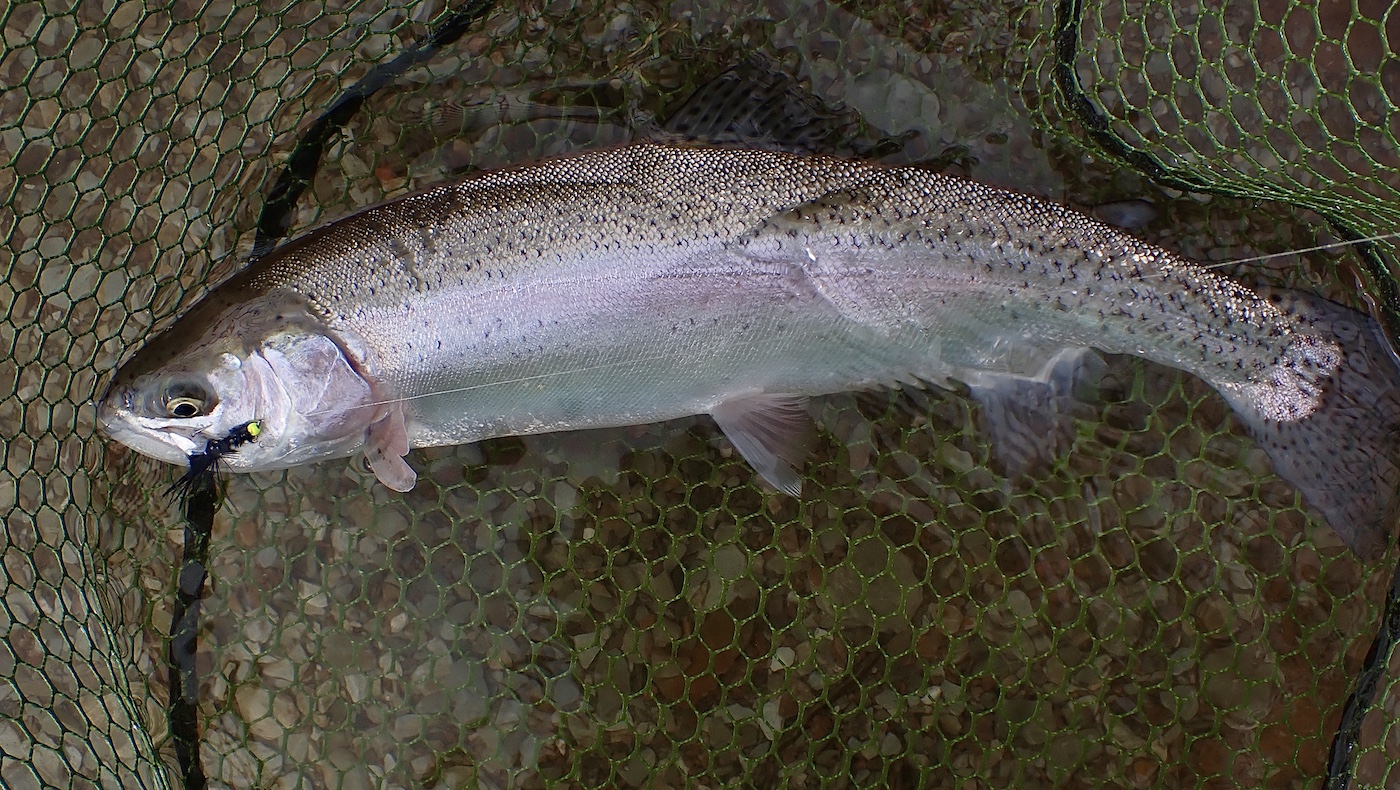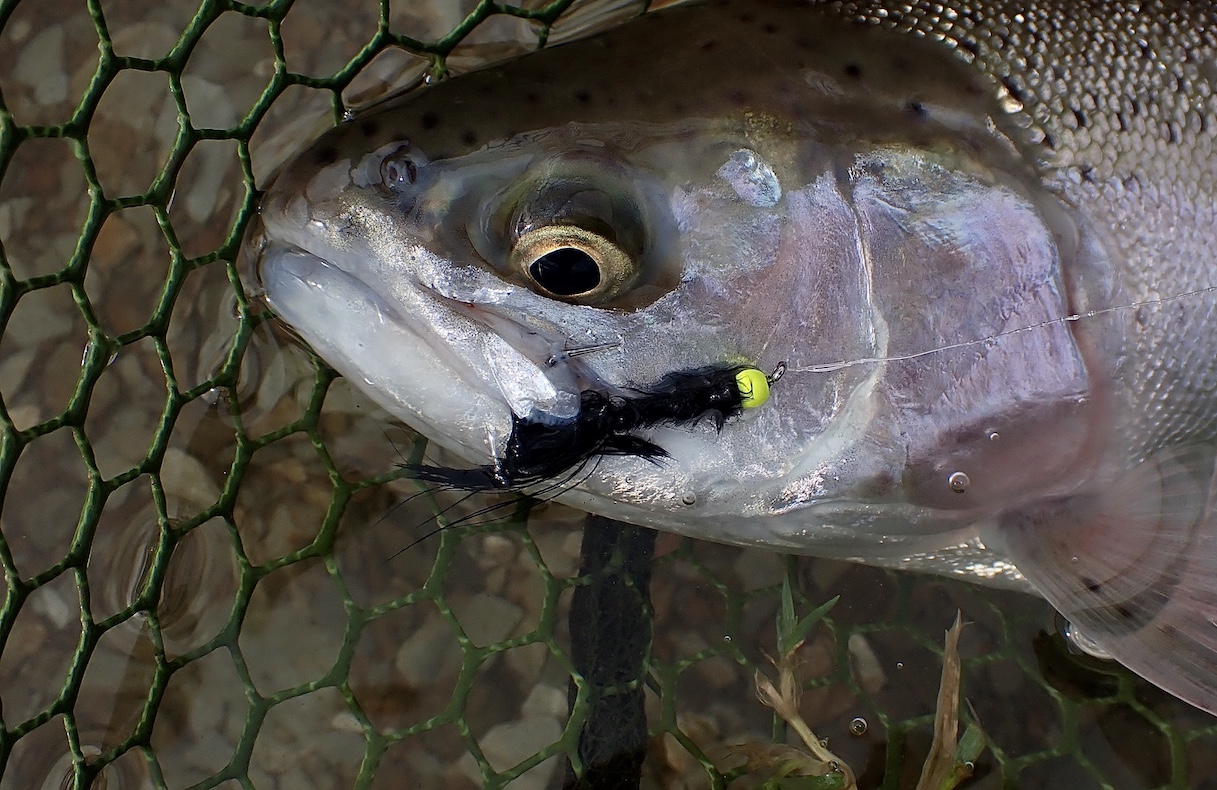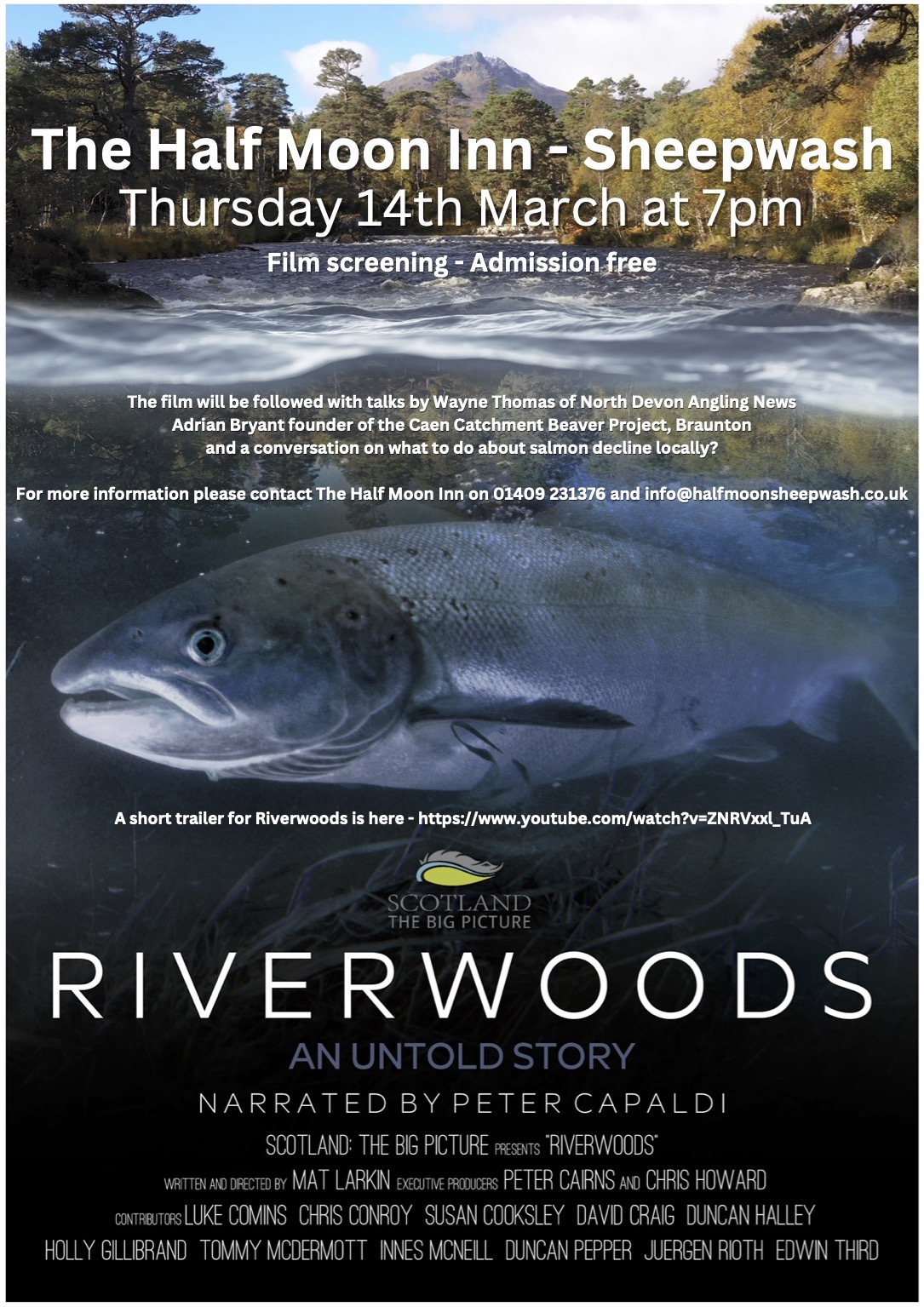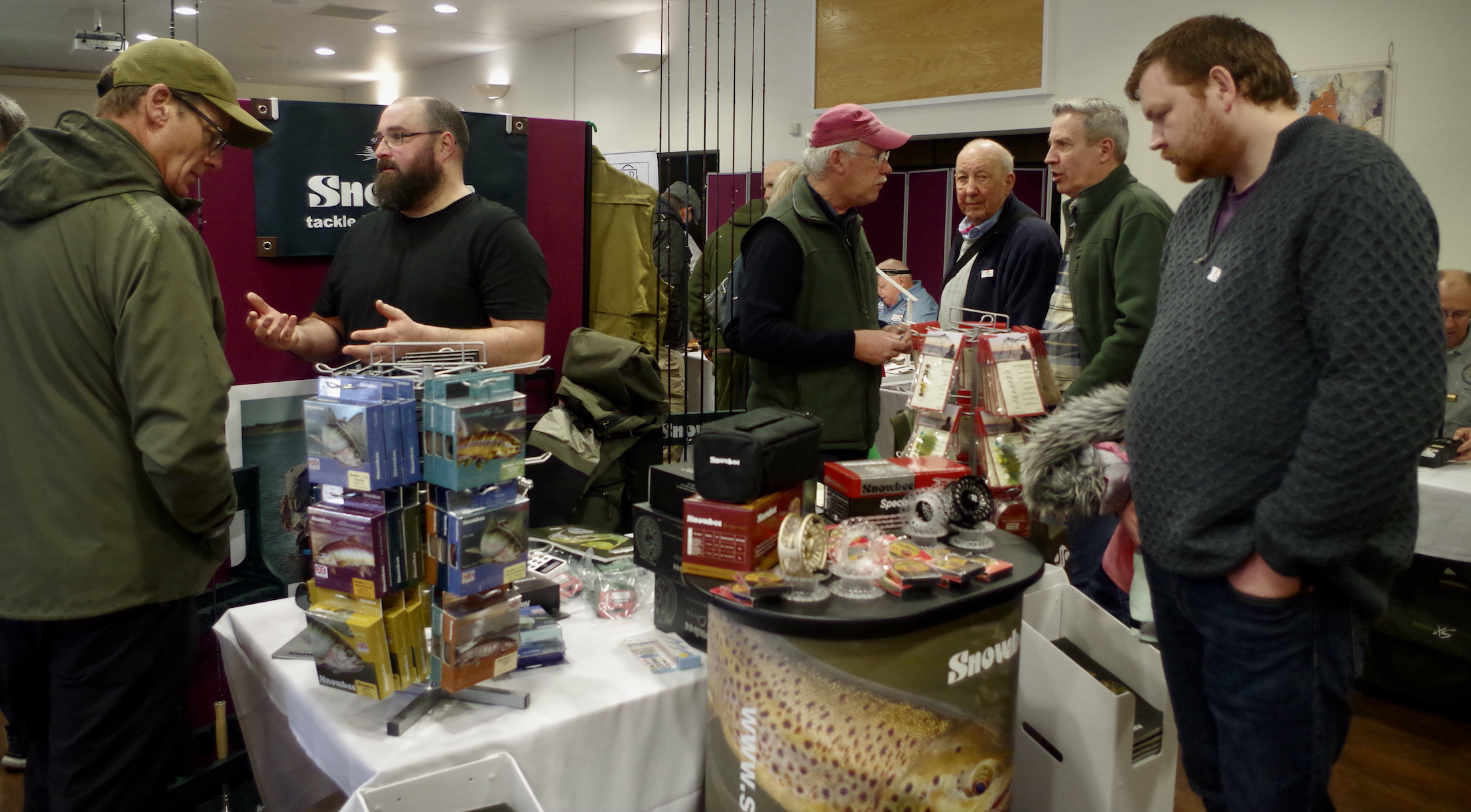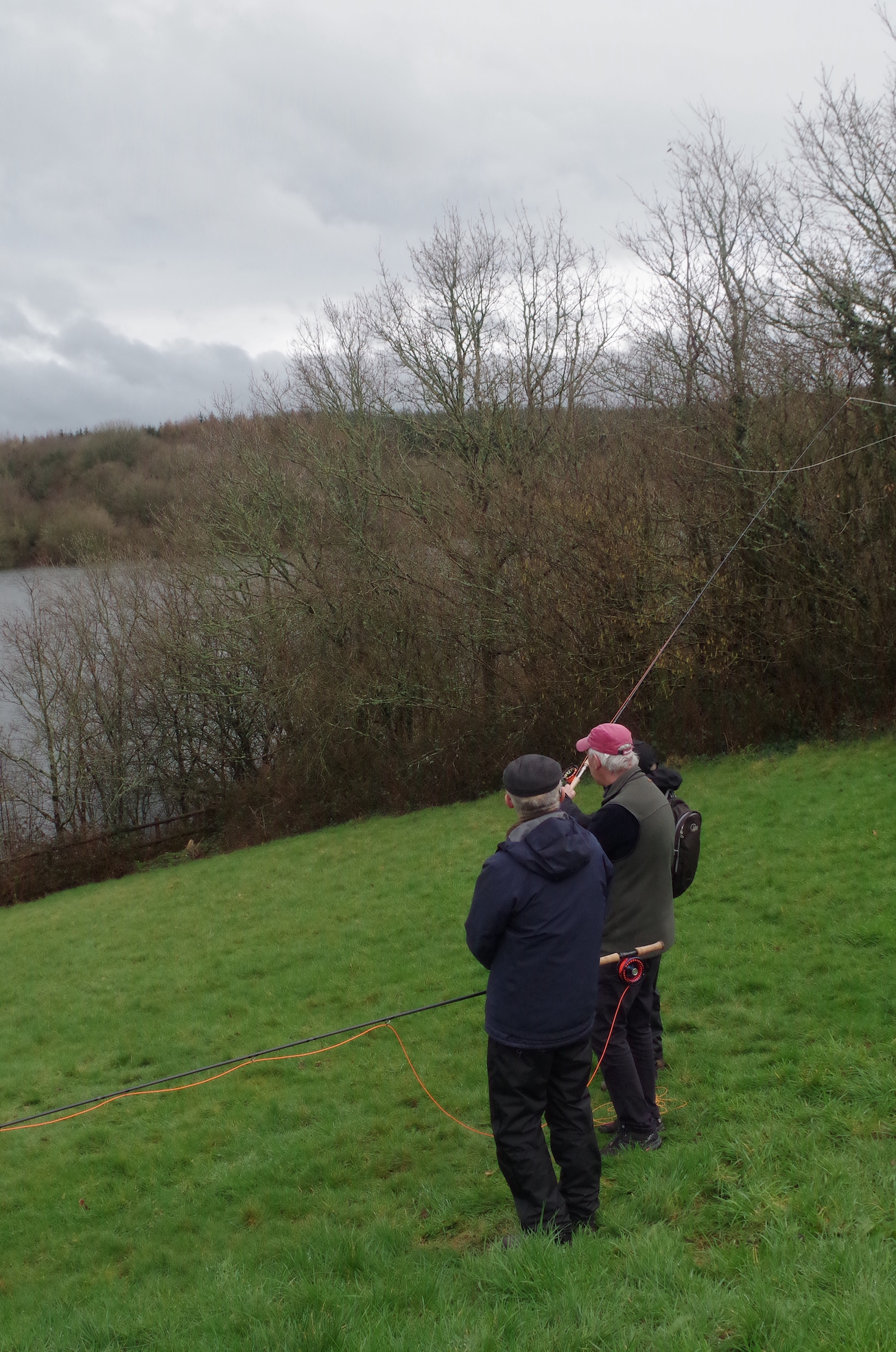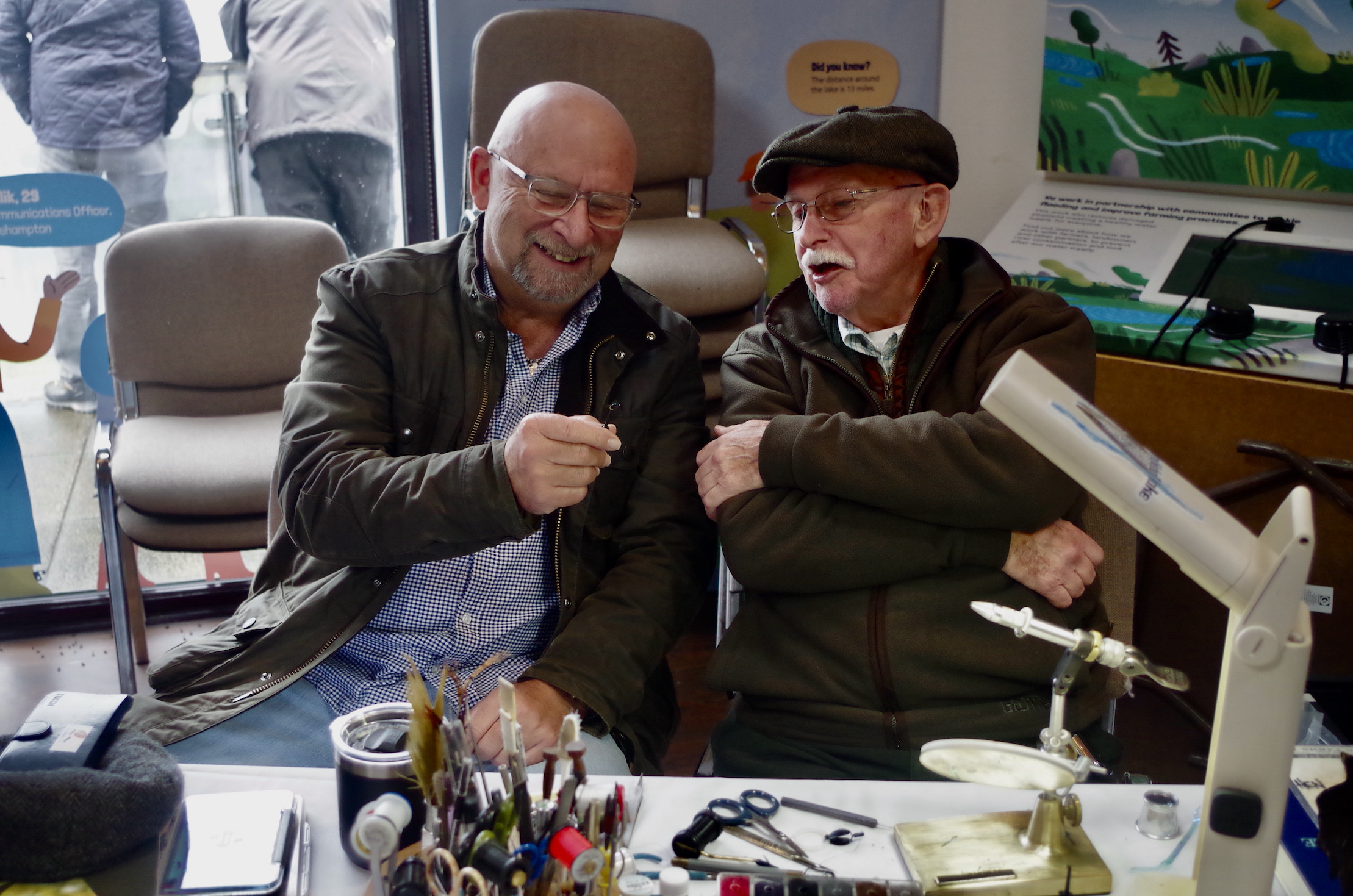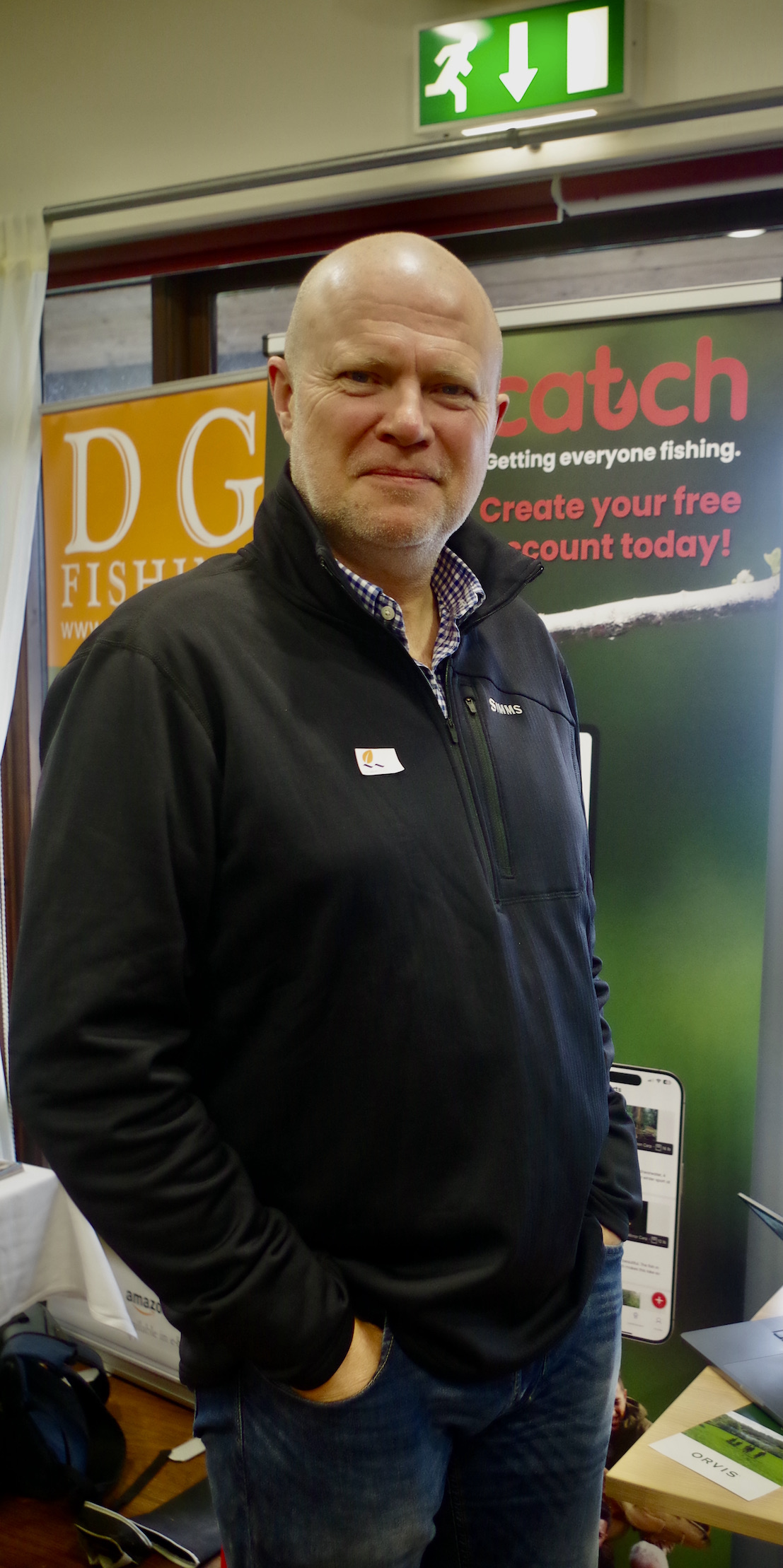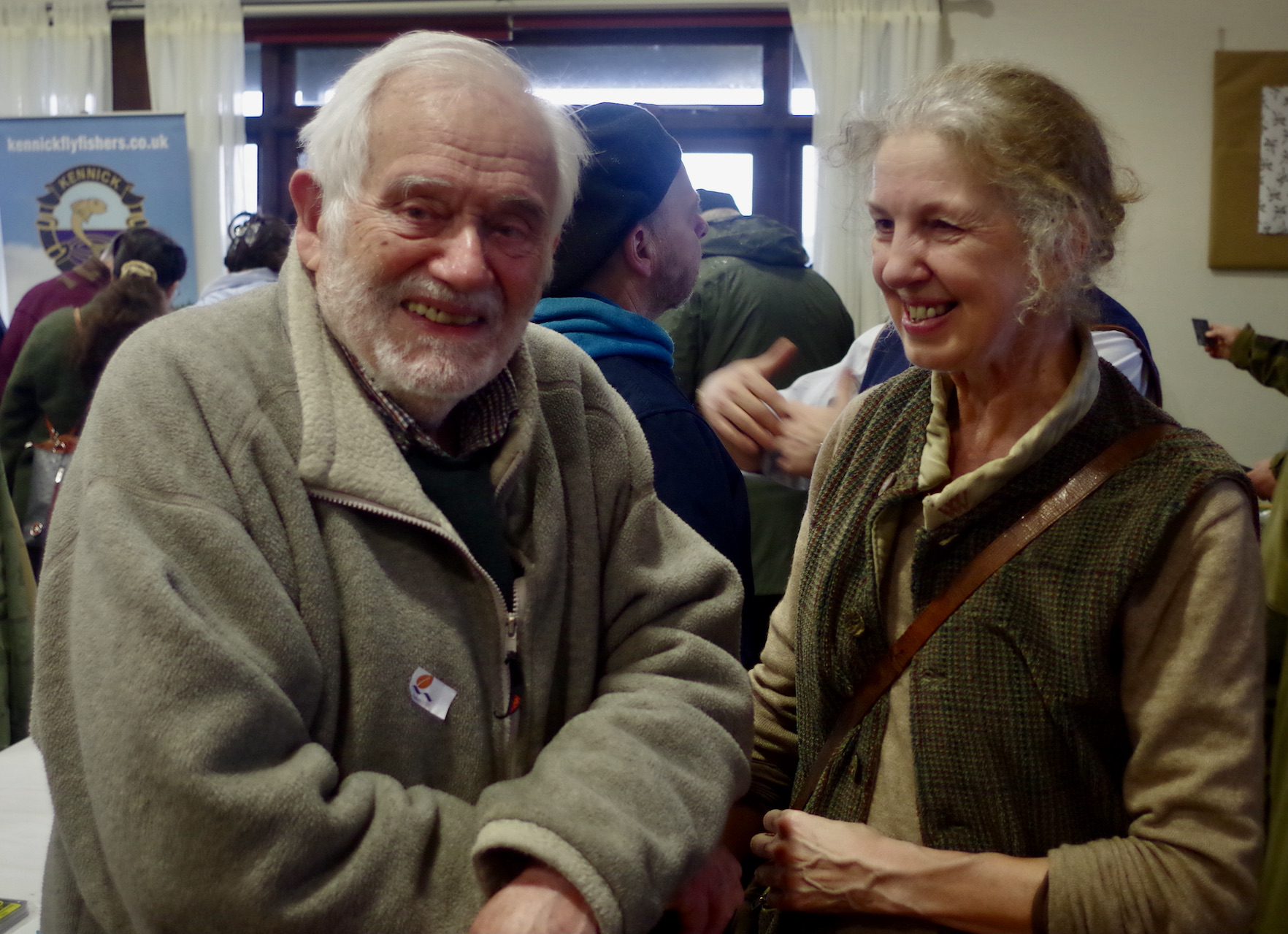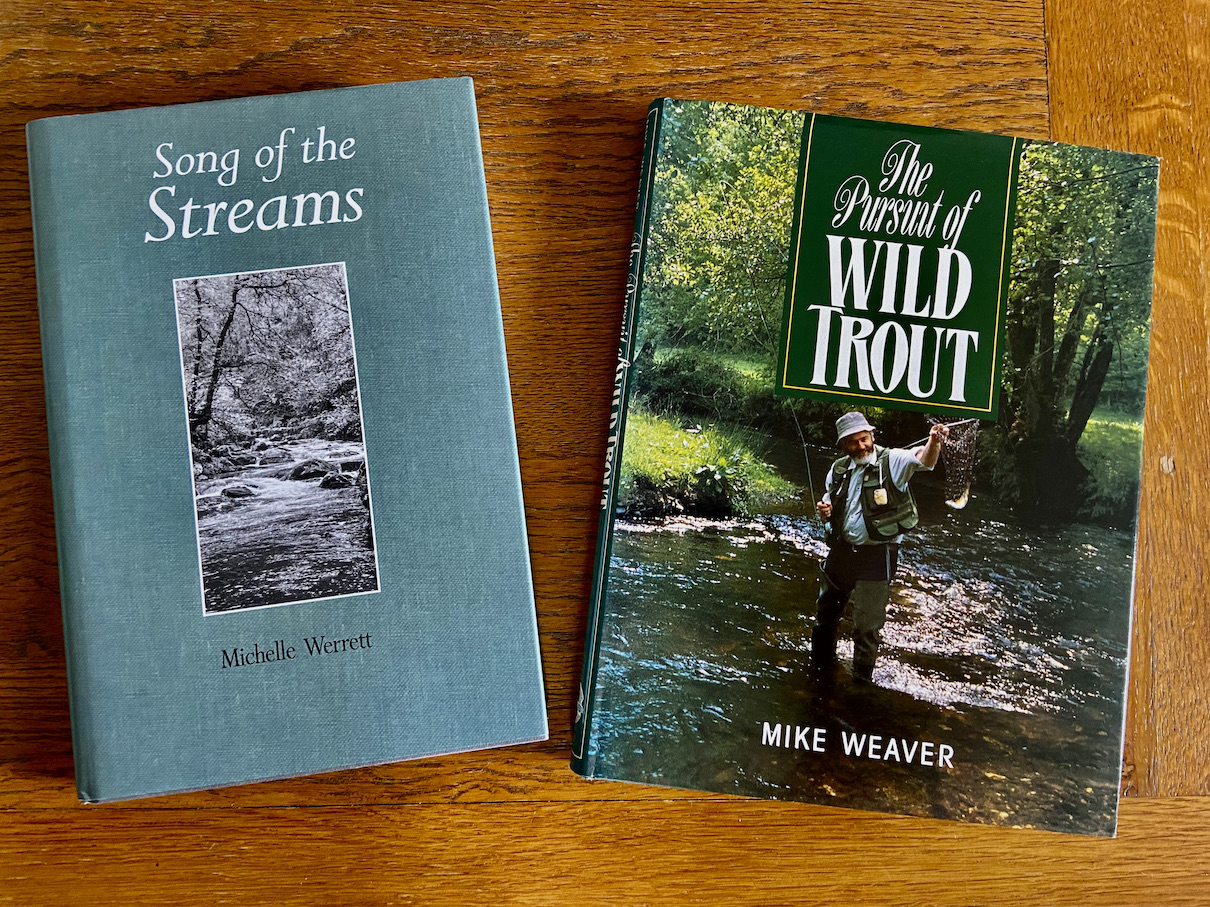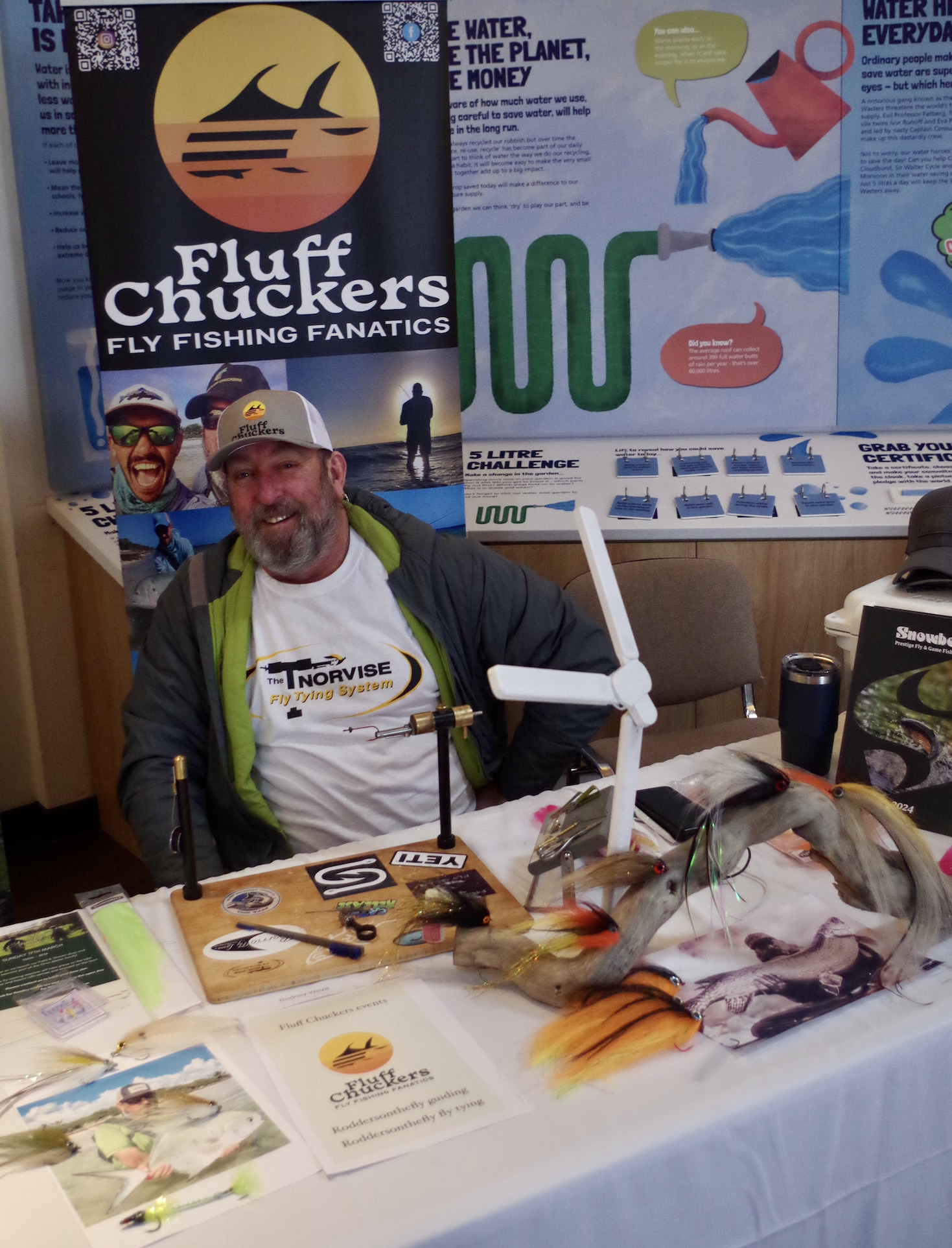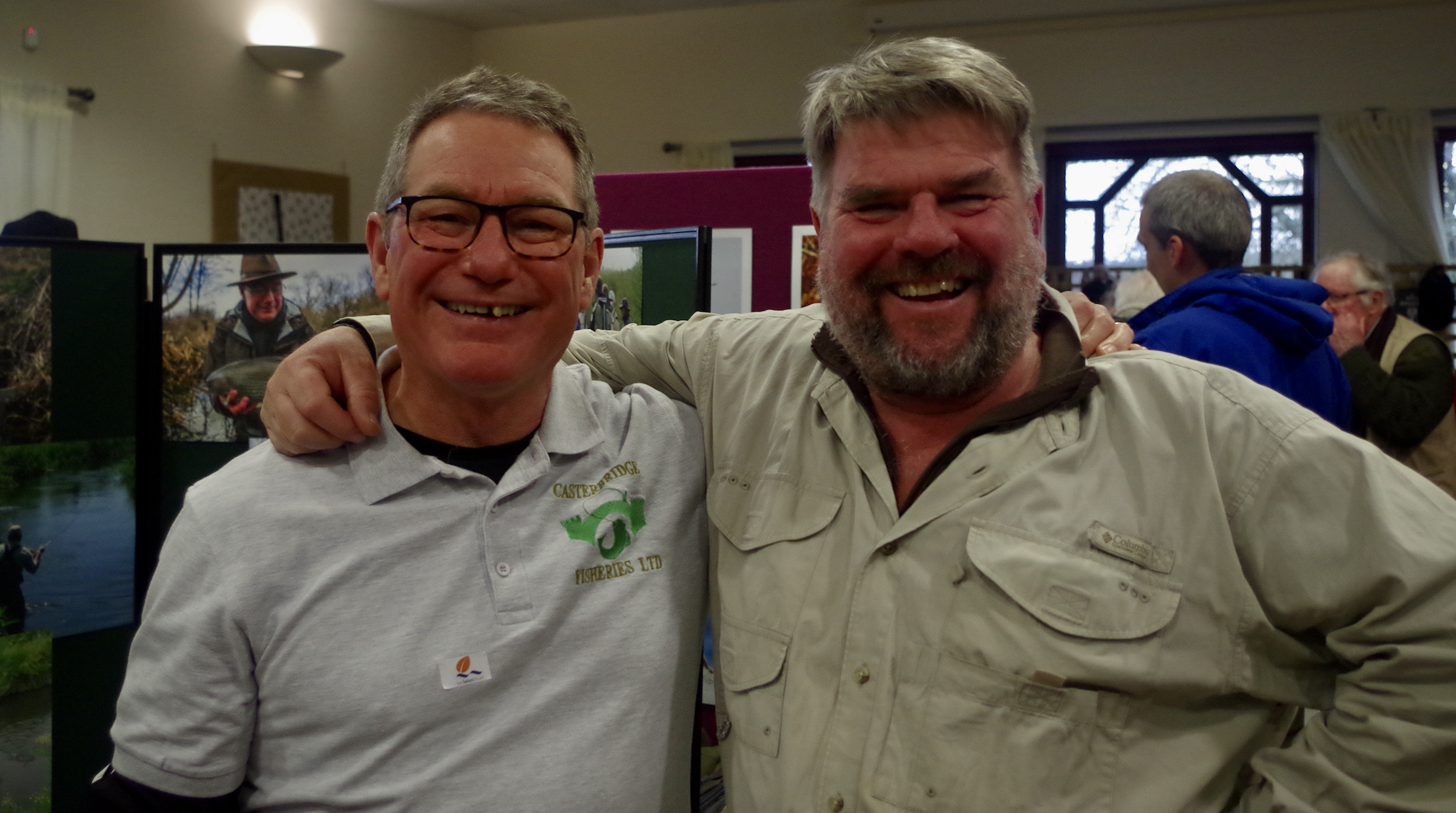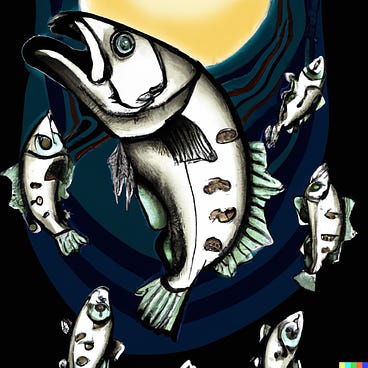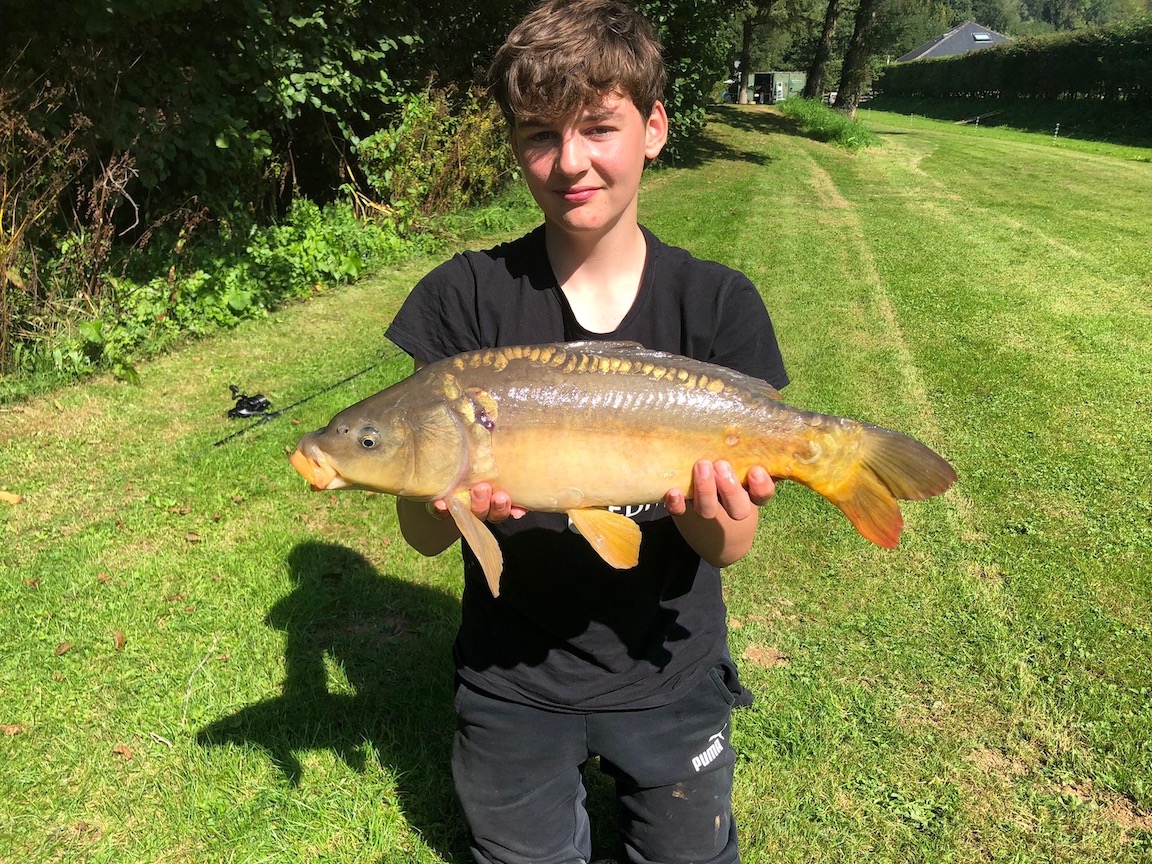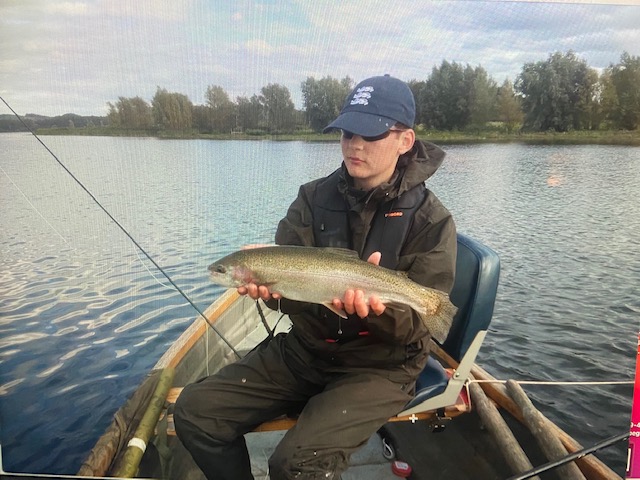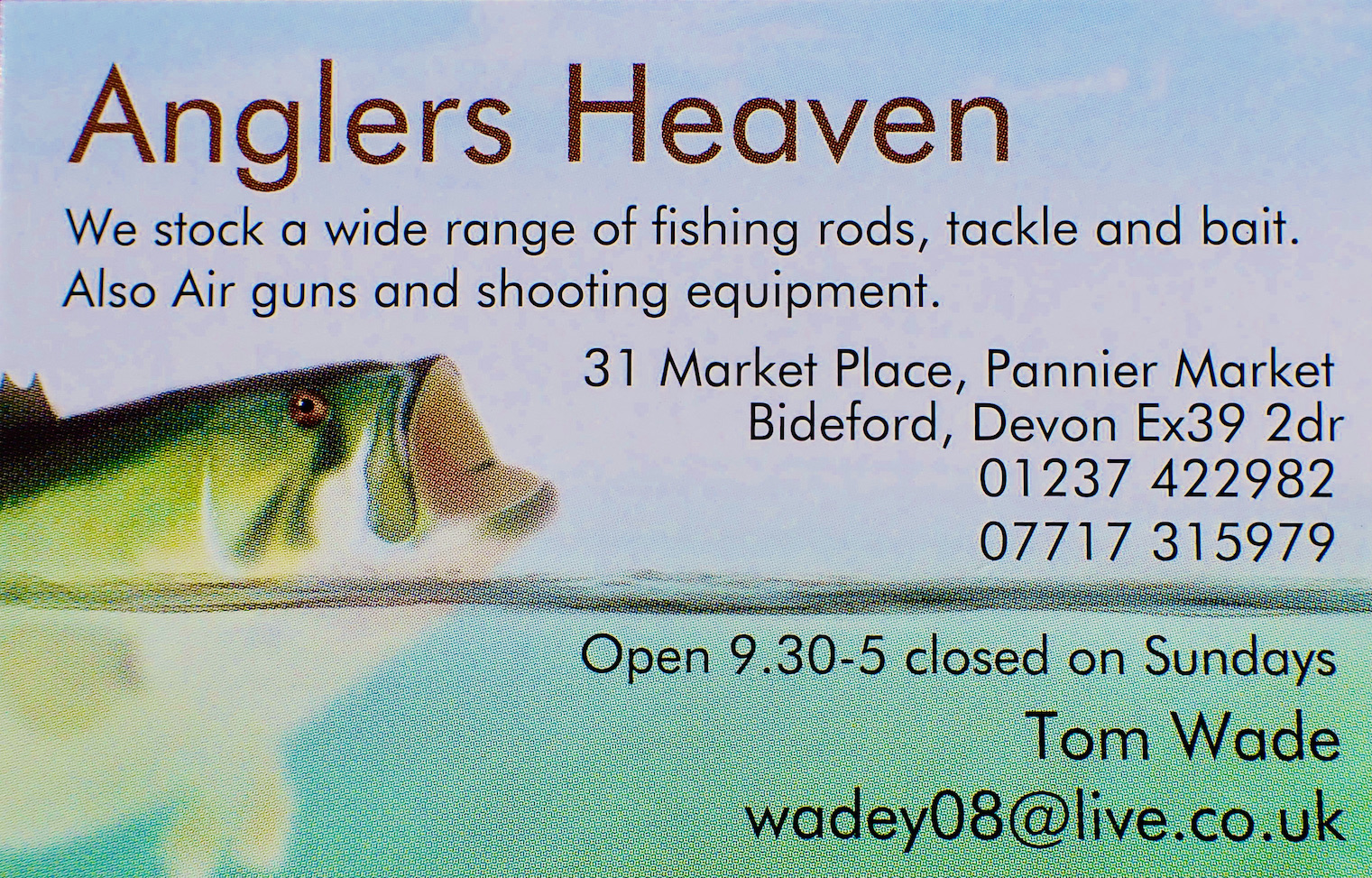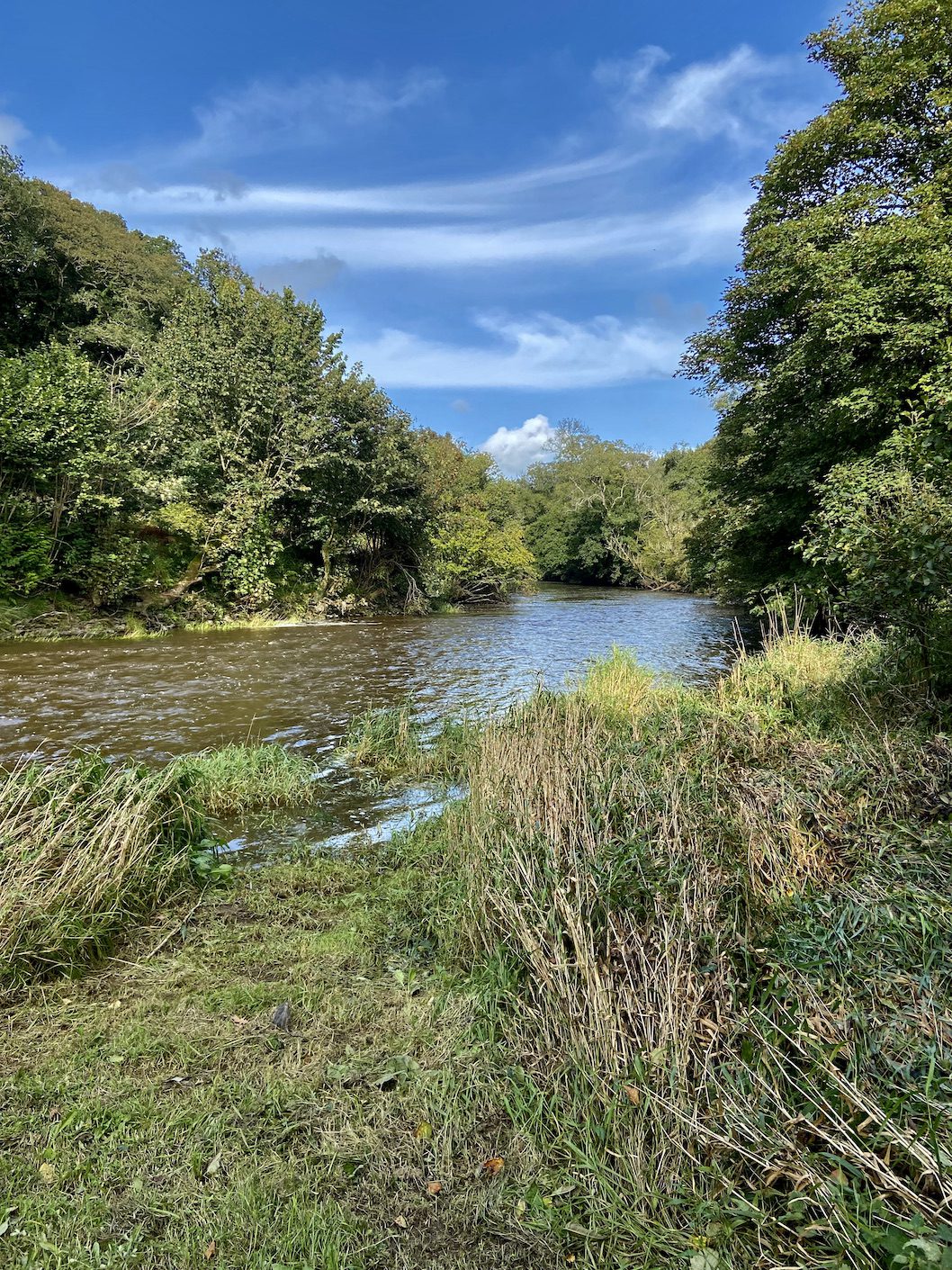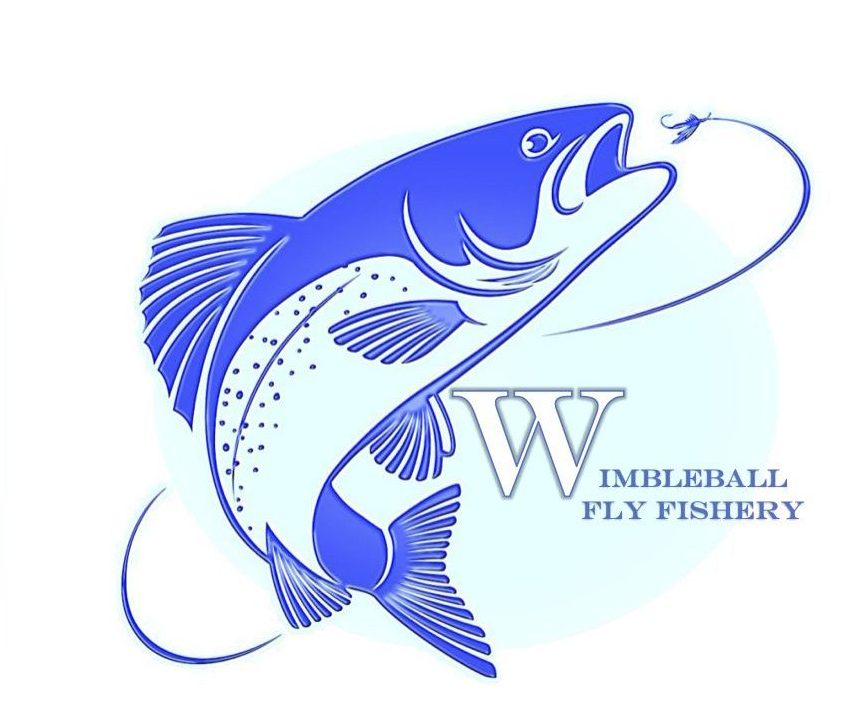Many thanks to Richard Wilson for sharing his monthly prose on North Devon Angling News. I would urge all who tread upon our green and pleasant land to read this article. I have had many encounters with ticks over the years. When fishing some of our overgrown rivers I have returned home later in the day to find these nasty critters sinking there teeth into my skin. Its a bit like Russian roulette some are loaded with deadly lymes disease whilst others are not carriers. I have heard of several people who have been infected and we constantly remove them from our cat. Others find them in abundance upon their dogs. Awareness is undoubtedly a major factor in getting treated but thats not always straight forward as Richard explains below.
I’ve got it, you may have it too.

This is a good time to be a tick with Lyme Disease to share. You and I may bemoan the weirdness of the weather, but ticks love it.
As the world gets warmer and wetter, they’re partying. 10 years ago, in the wooded valley I call home, we had two distinct tick seasons – from mid-March to June, and a shorter burst in the autumn. Last year I picked up my first in early February and my dog had his last in November, and they continued without a break right through summer.
Ticks are the original muggers. They lurk on the tips of grass fronds, often in and around woodland, waiting for an unwitting victim to brush past. They’re looking for a free meal which, for us, turns into a lose-lose transaction. The tick gets our blood and we get Lyme Disease, a bacterial infection with very unpleasant consequences.
I’ve been paying attention to this because I’ve just been diagnosed with Lyme. Worse, I’ve had it untreated for about 8 years, which is why I can also say that most doctors wouldn’t recognise it even if they caught it, and that I wouldn’t wish it on anyone.
There are two basics to understand about Lyme Disease, and they come hand-in-glove: An early diagnosis is both essential and very hard to get. Speed is everything because, given the chance, there’s no organ in your body or corner of your central nervous system that the Lyme bacteria won’t vandalise.
So how do you know if you’ve been exposed? A lot of people never see the tick that infects them. It can latch on at 1mm long, infect and then fall off. Others gorge themselves, growing bloated with their head buried in your flesh. The longer they stay, the greater your risk of infection. Thankfully, dog tick removers do a great job for us too.
The official advice is that the first visual clue of infection is a circular red rash around the site of a tick bite. This is where the medical profession starts to screw up.
In 2016 I had a tick bite and circular rash which I took into my doctor’s surgery. The nurse said it wasn’t Lyme (it was solid red from centre to edge and didn’t match the bull’s eye photo on her screen). No treatment was offered and, back then, I was as clueless as the nurse. I now know that anysort of rash or blistering (no rash) that might be tick-related should be treated as Lyme Disease. I also know that many Lyme cases never show a rash or blisters.
For patients and doctors, it gets worse. Blood tests, if done at all, deliver false positives and negatives in equal numbers in up to 25% cases. So even if a doctor suspects Lyme, and mostly they don’t, the test results are very likely to be wrong.
The next problem is your doctor. Once the bacteria get to work, your symptoms will be mistaken for heart disease, flu, a mild stroke, dementia, diabetic neuropathy, fatigue syndrome, Bells Palsy, arthritis, all manner of intestinal and organ malfunctions, viral infections, Parkinson’s, slacking and so on. Victims are constantly exhausted and, in my experience, at times look unevenly grey. This last blotchy observation is not in the textbooks – it should be.
There is no slam-dunk symptom for doctors to see that couldn’t be something more familiar. And to get an idea of what’s familiar, a quick look around their waiting room is revealing. The majority of patients are obese and bring diabetes, coronary heart disease and the such-like. Those who are not obese are mostly old with all that goes with advancing years. There are a small number of children with sniffles and one or two adults who’ve lost arguments with power tools. There are super-size chairs, but no dispensers of free tick removers and no warning signs or leaflets on how to avoid Lyme. It’s invisible.
Stand in most doctor’s surgeries and you’d never guess that Lyme Disease is the most prevalent insect/parasite-borne disease in North America and Europe and one of the fastest-growing infectious diseases in both. That’s big. According to the CDC, almost 500,000 Americans get it every year. Many, many more in both North America and Europe are infected but undiagnosed. There’s a lot of trouble coming for a lot of people.
Here’s why it took 8 years for me to get treatment: As said above, I first went to my doctor’s surgery in 2016 with a circular red rash caused by a tick. Patients treated with antibiotics at this stage mostly complete a fast 100% recovery, which is why medical guidelines say treat first and confirm the diagnosis second. Antibiotics are very low risk, but the consequences of delaying treatment are serious. In my case, medical ignorance delivered the wrong diagnosis.
The trouble started slowly. Within 2 years the fatigue, aches and pains were worryingly intrusive. Multiple trips to the doctor, scans and tests revealed nothing. Increasingly worried, I remembered the tick rash and asked for a Lyme test. It came back negative. Nobody told me how inaccurate the tests were, and still are.
Fast forward through many more scans, tests, a gall bladder removal that was supposed to resolve my woes (and didn’t), a 2nd negative Lyme test and more. I was a minor medical mystery. Then, this autumn, I paid for a 3rd test and it came back positive. The next day my doctor re-tested with both the standard LISA test and a Western Immuno Blot test. Both came back positive. 3 positives in a week, including a Western Immuno Blot, is as good as a positive diagnosis gets.
Such a late discovery brings problems. Given time Lyme bacteria also attack and disrupt our Autonomic nervous system which controls all those things that just happen without conscious thought: Blood pressure, breathing, heart rate, digestion and so on. They also disrupt our short-term memory, which is why, if I stop to make a coffee, I may have to remind myself that I’m writing about Lyme. That’s very disconcerting. Weirdly, I don’t forget why I culled an adjective or shunted a sub-clause down a paragraph. It’s also why my blood pressure can veer from 180:140 to 80:50 and my heart sometimes sounds like Animal, the Muppets drummer, playing deranged rhythms with one hand. And as medications are added to treat the symptoms, so cause and effect get complicated.
If getting a diagnosis is difficult then getting rid of Lyme is even harder. Symptoms can persist long after the antibiotic course is completed and the longer you’ve had the disease, the longer they’ll last. When this happens researchers are very careful to refer to Post Treatment Lyme, and not Long-or Chronic-Lyme. This may sound like semantics, but it’s important.
I have been treated with 2 courses of antibiotics (the sledgehammer and then pile-driver versions) and it’s extremely unlikely that any of the bacteria have survived this onslaught. They’re dead. So now I’m living with the damage the Lyme bacteria have done, especially to my nervous system. I felt like sh*t then, and still feel it now. Mending this could take years.
Imagine a human-scale version of a deserted battlefield. The war is over, the armies have gone home and all that remains is a landscape of devastation and dysfunction. Eventually, the land will recover, the trees will grow back and any unexploded munitions will be removed. How long will this take? We don’t know. Welcome to Post Treatment Lyme Disease.
Share
__ ___ ___ ___ ___
A Footnote: Whole-genome sequencing of Borrelia burgdorferi, the tick-borne bacterium that causes Lyme Disease, has shown a huge range in variety and complexity. This is thought to explain the multiple Lyme disease symptoms, from severe arthritis in children to fatigue and debilitating joint, neurological, and cardiovascular impacts in adults.
For further reading, I recommend the Lyme specialists at Johns Hopkinsand Harvard.
Soon there will be a vaccine (it’s in Stage 3 trials). And about time too.


